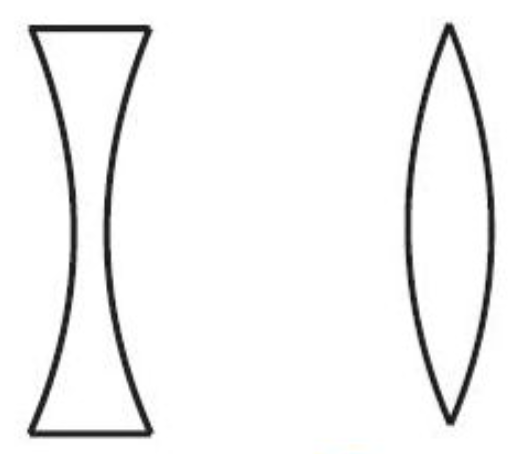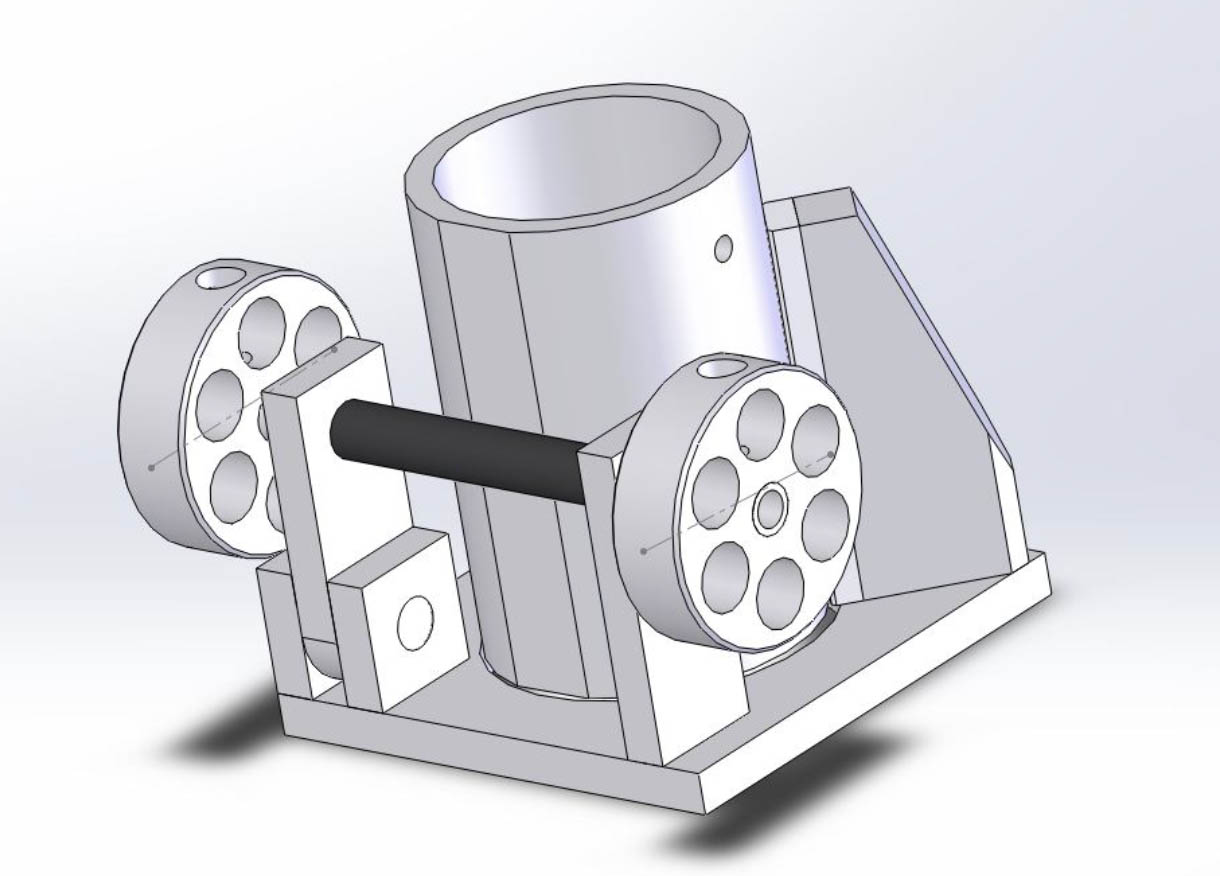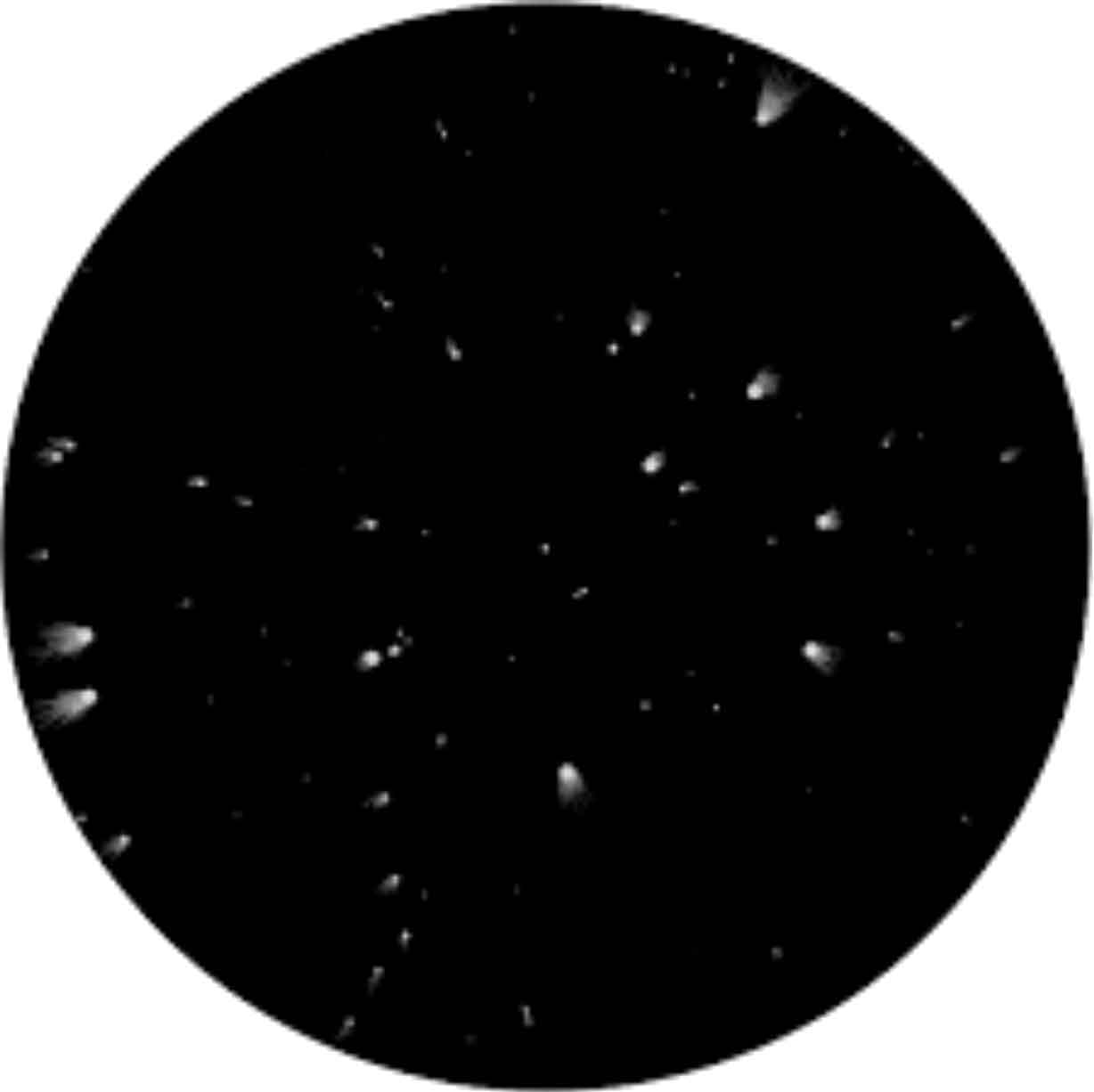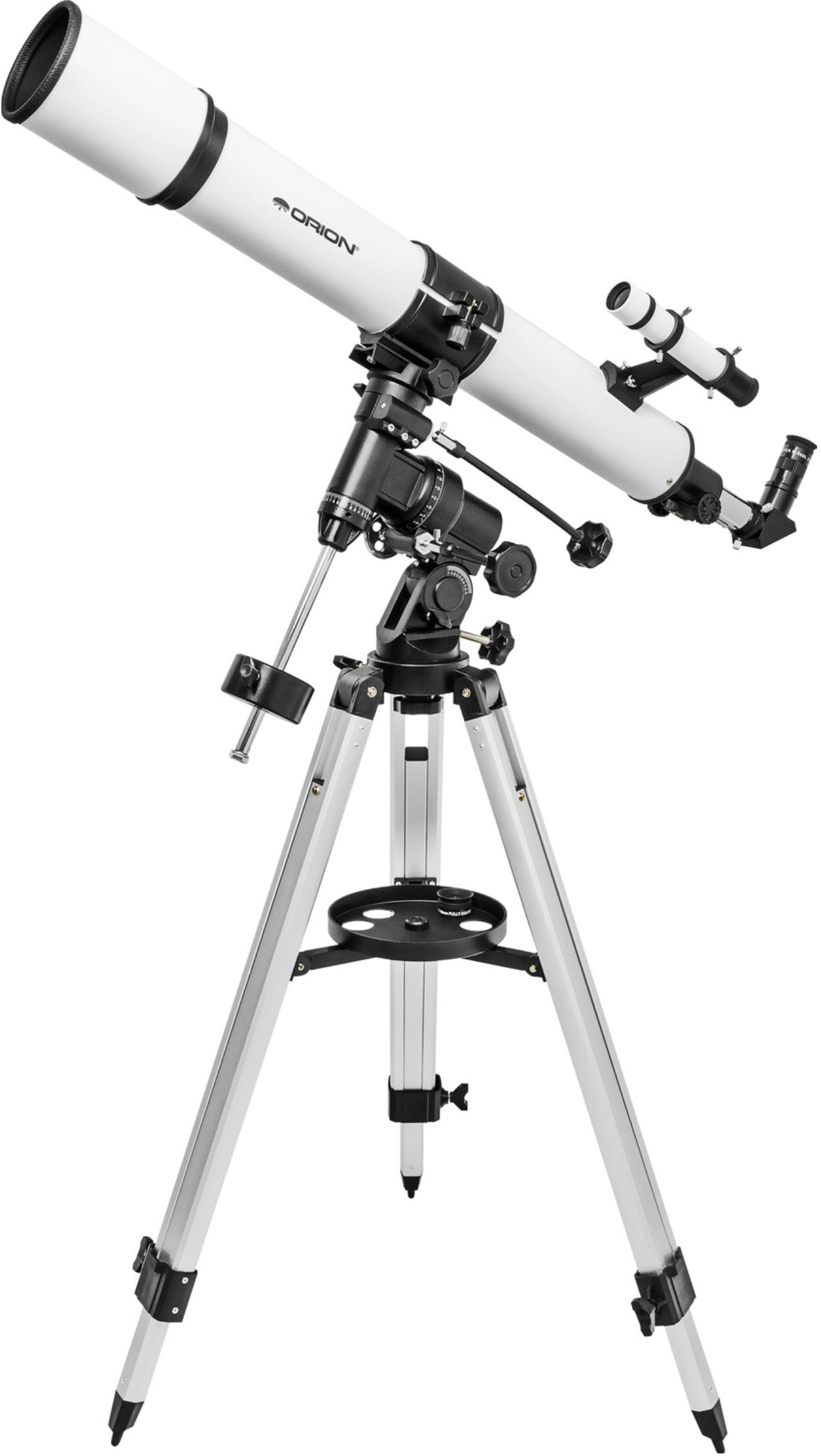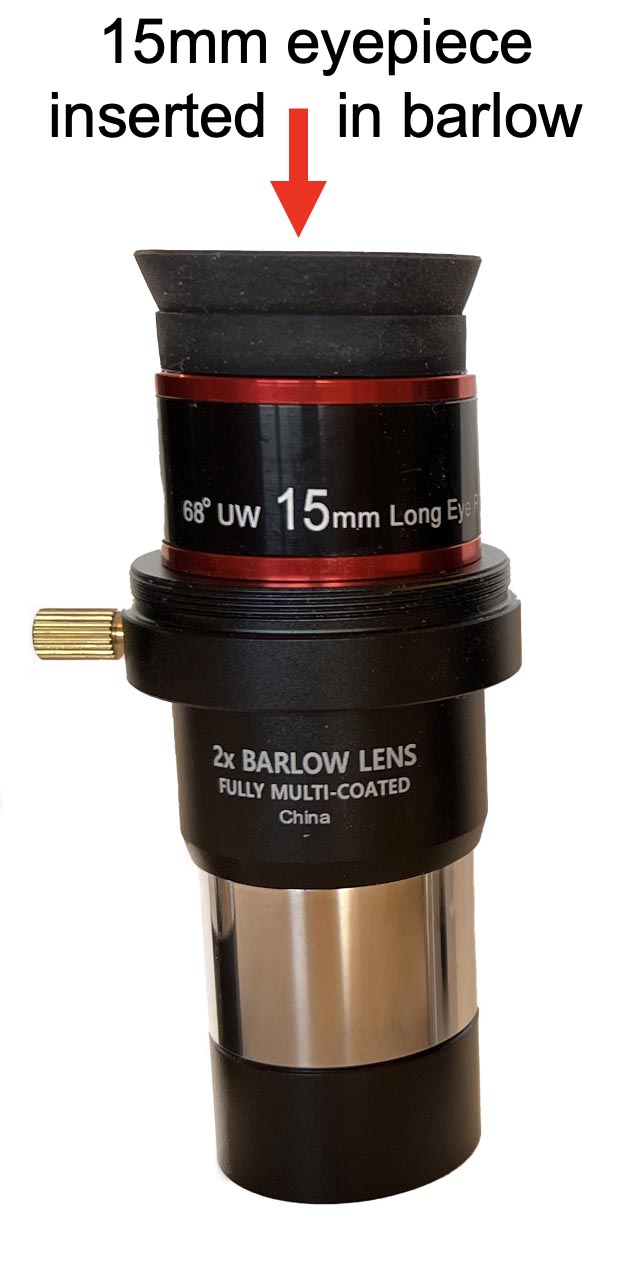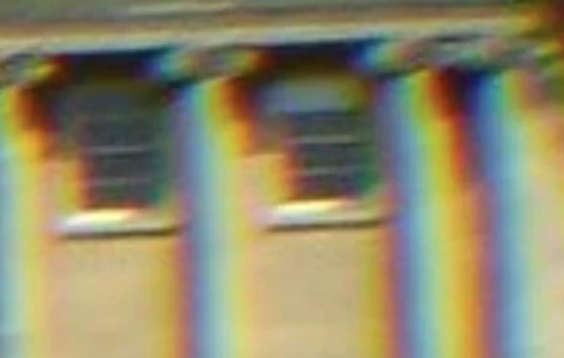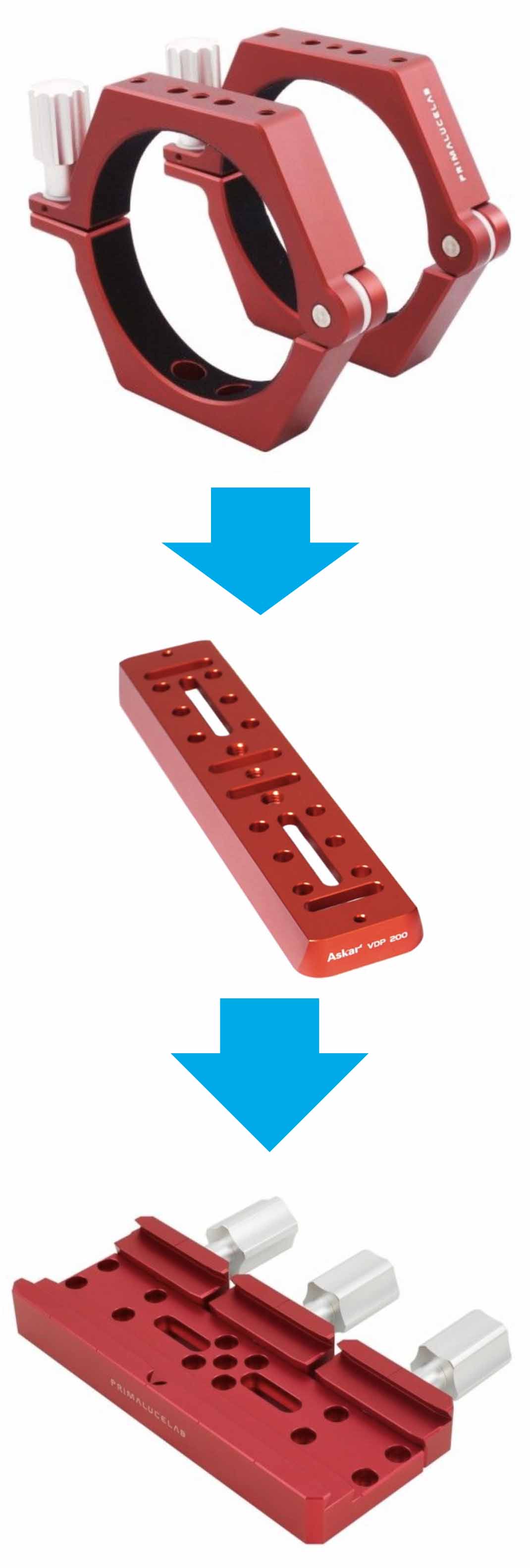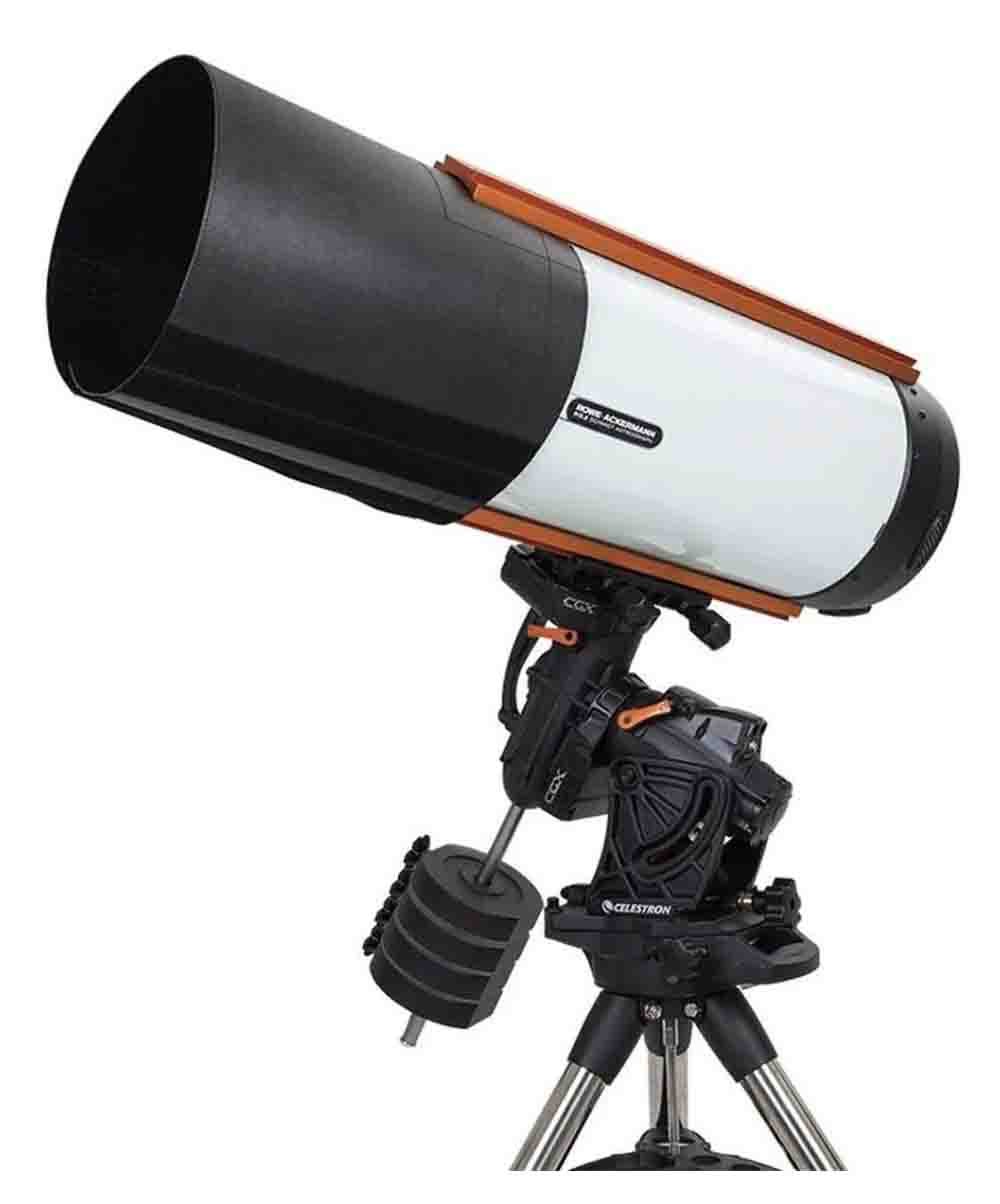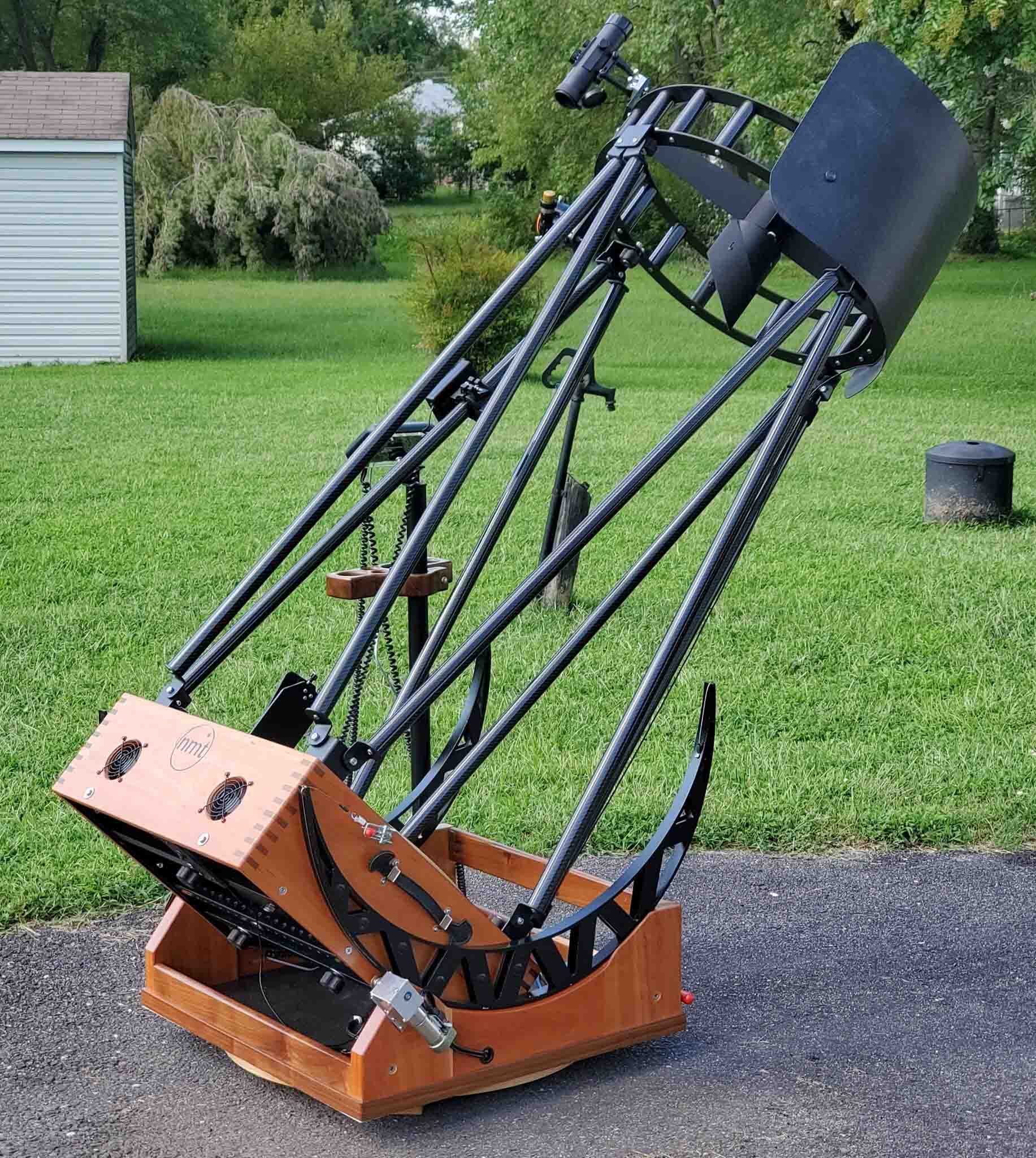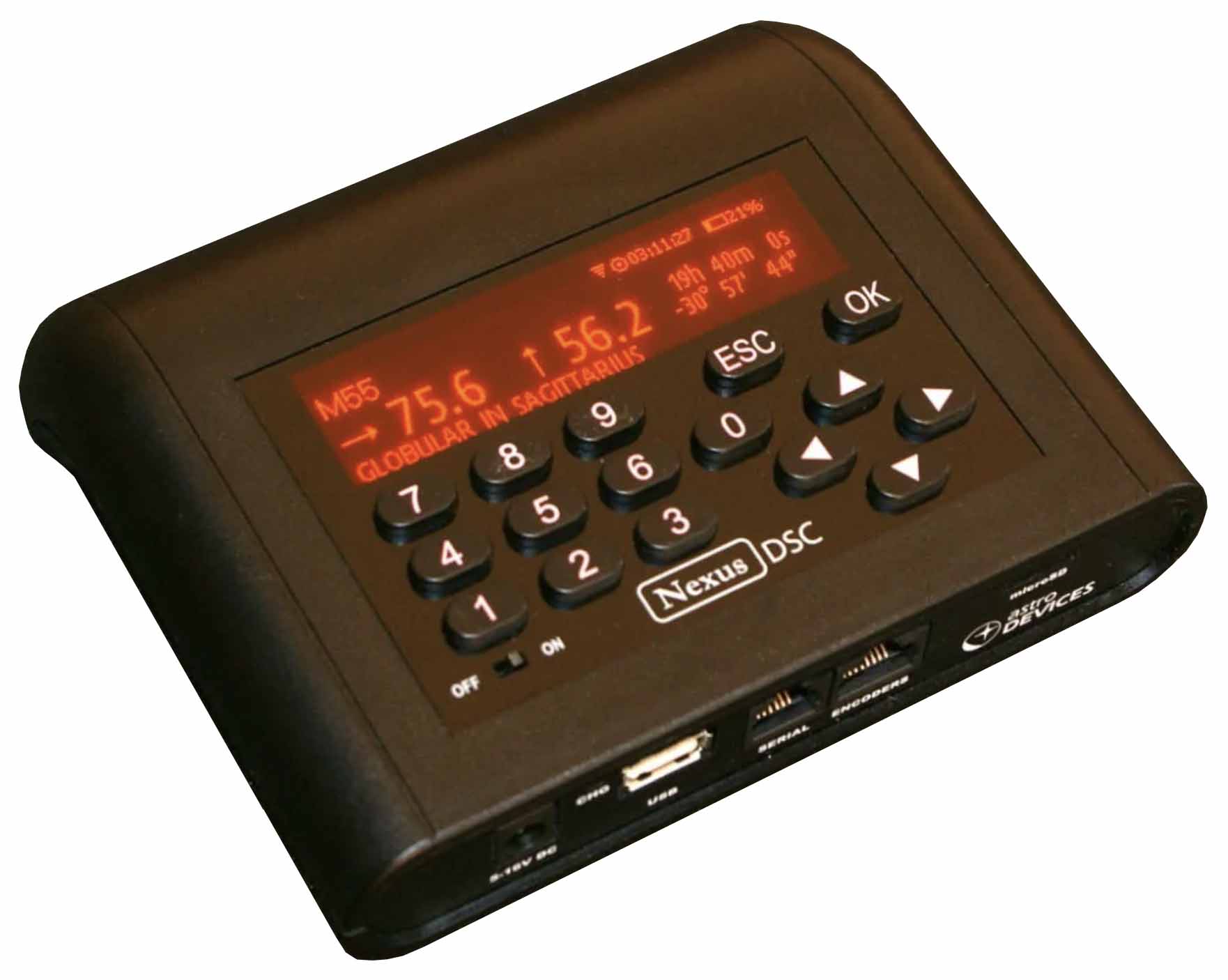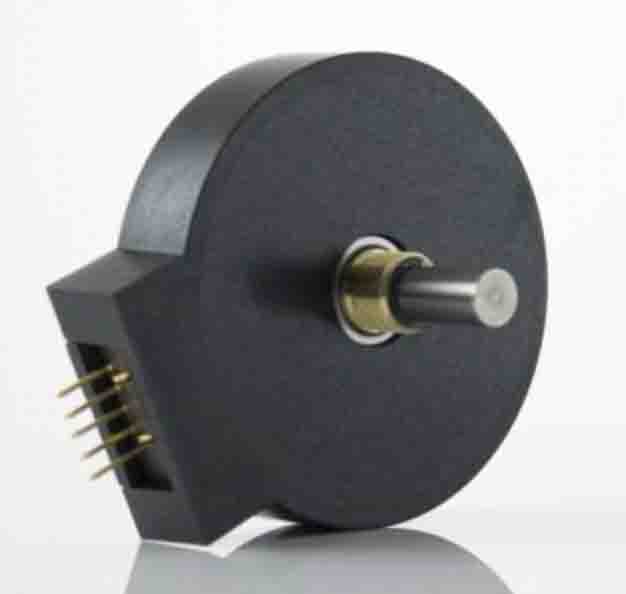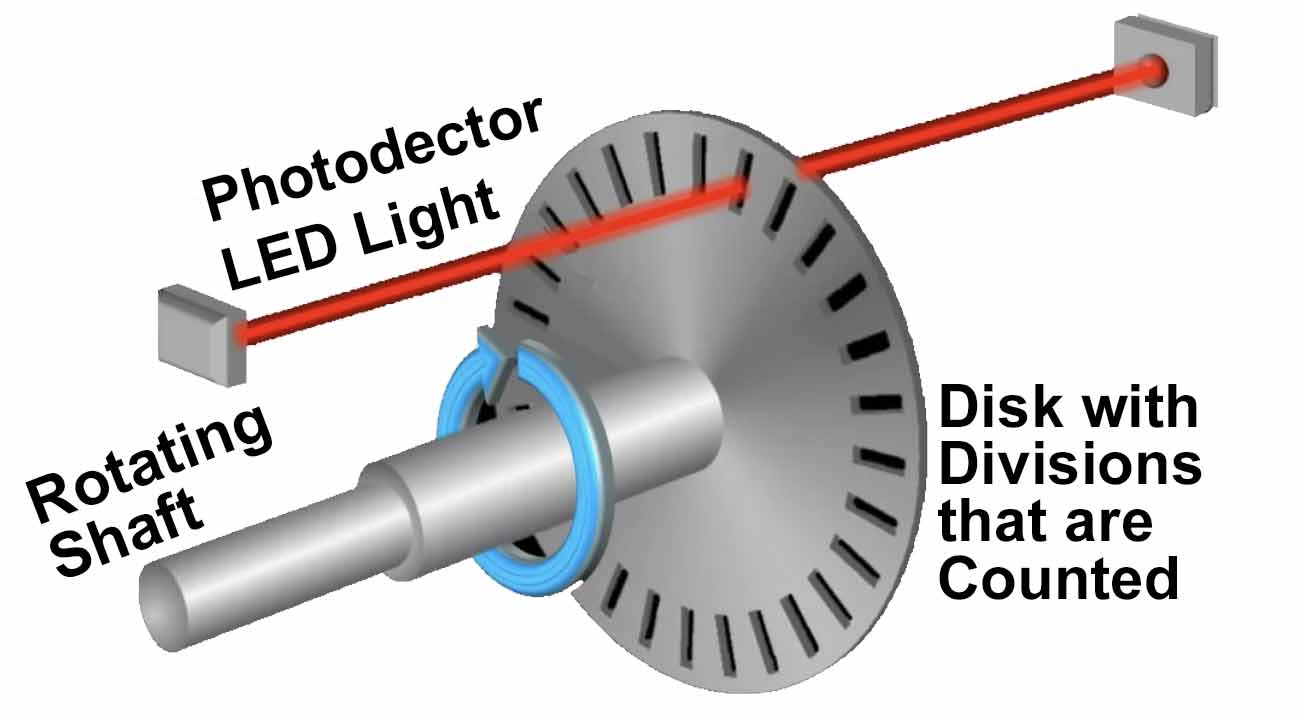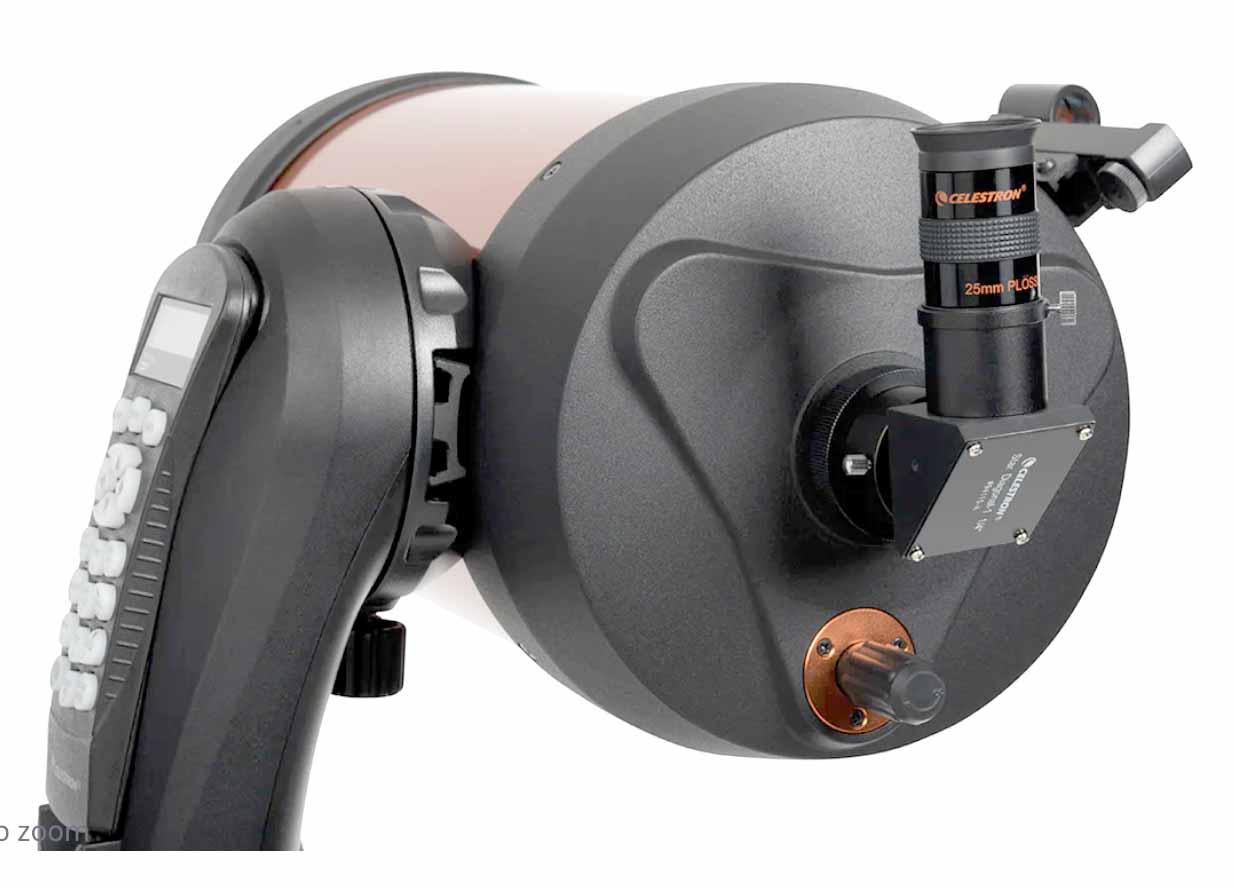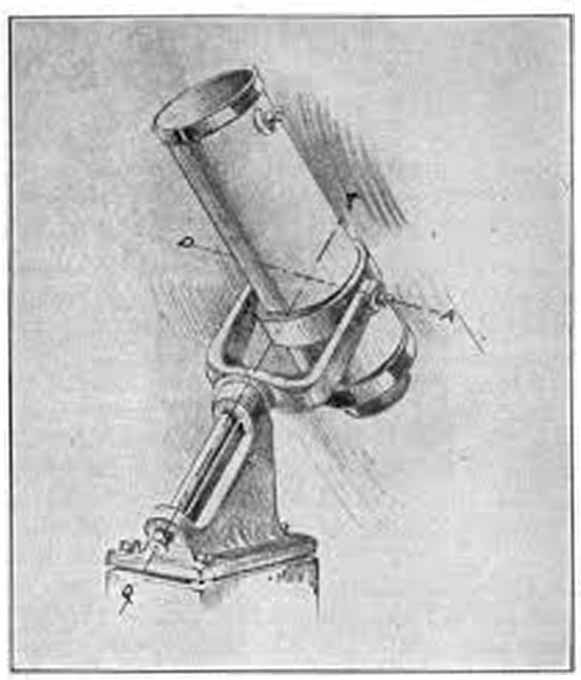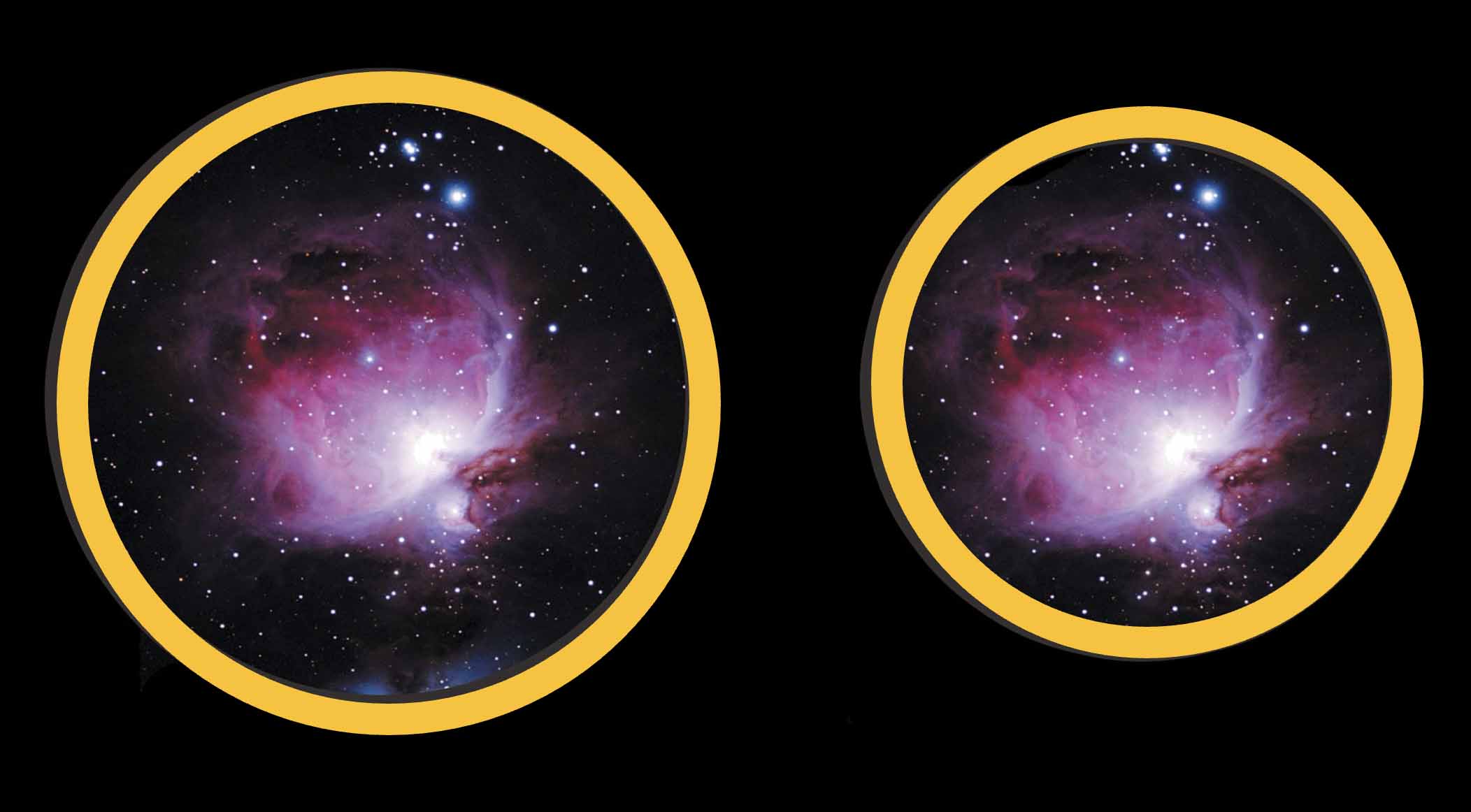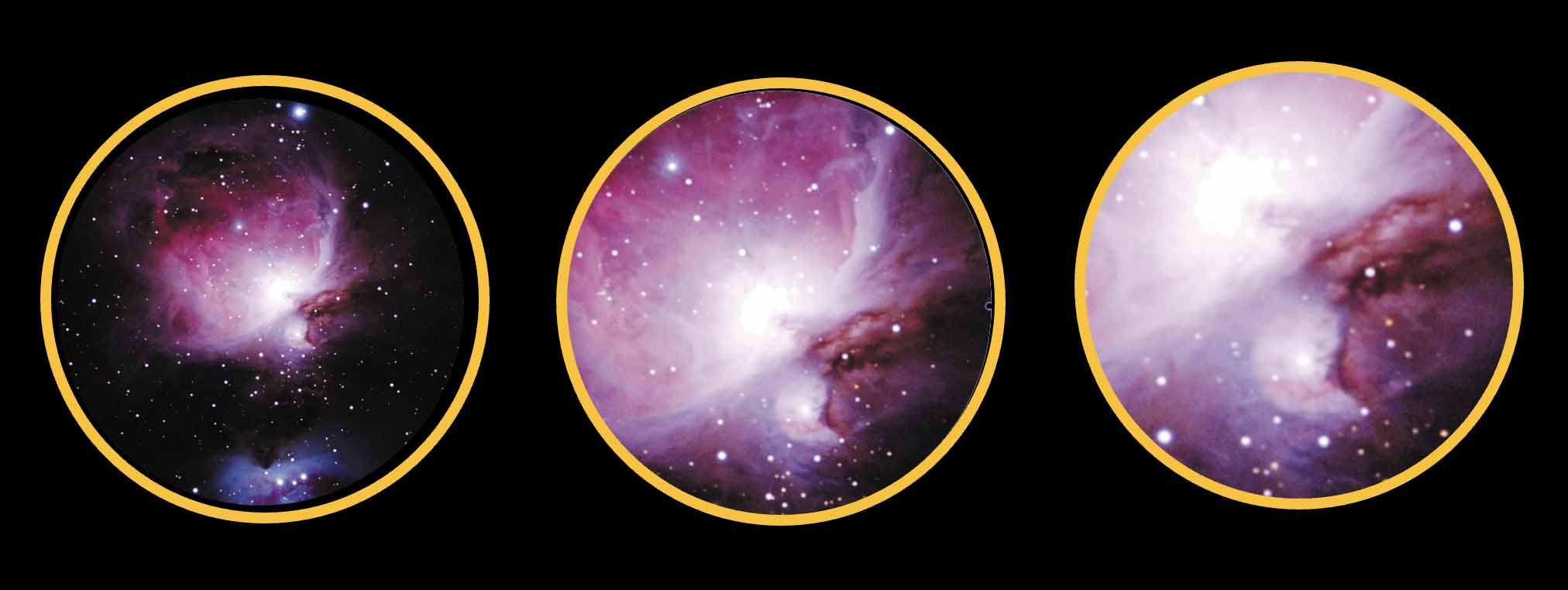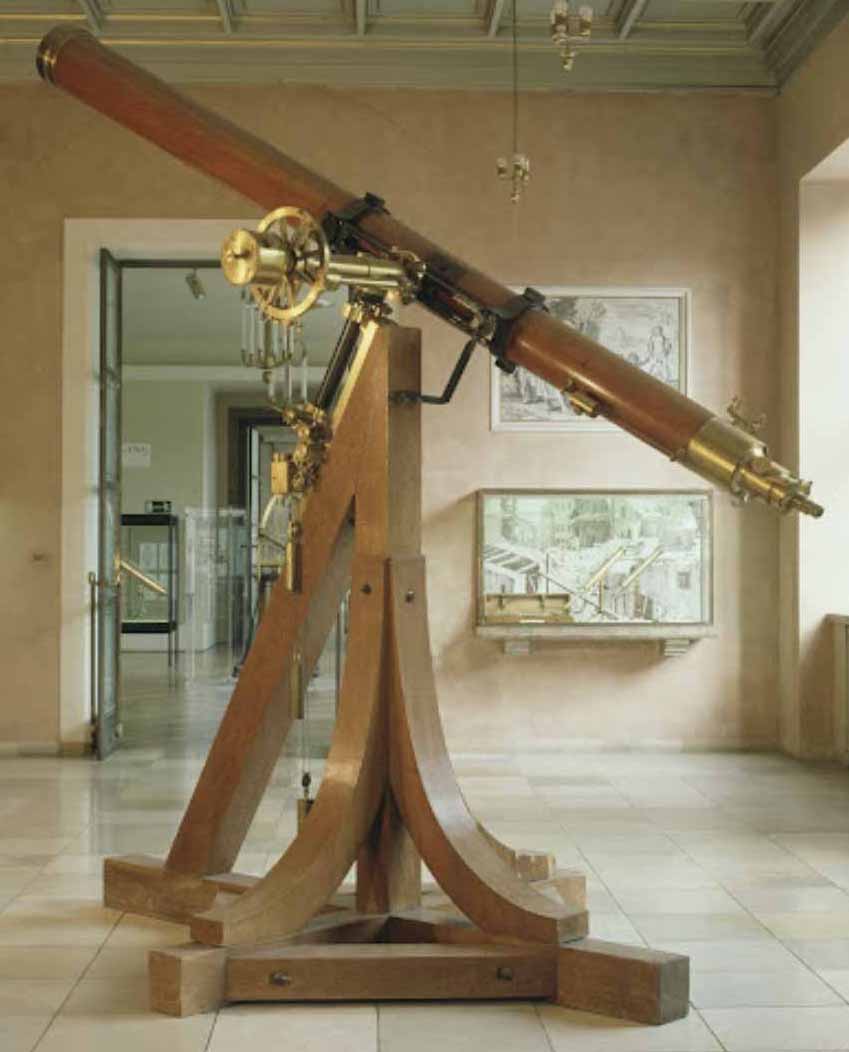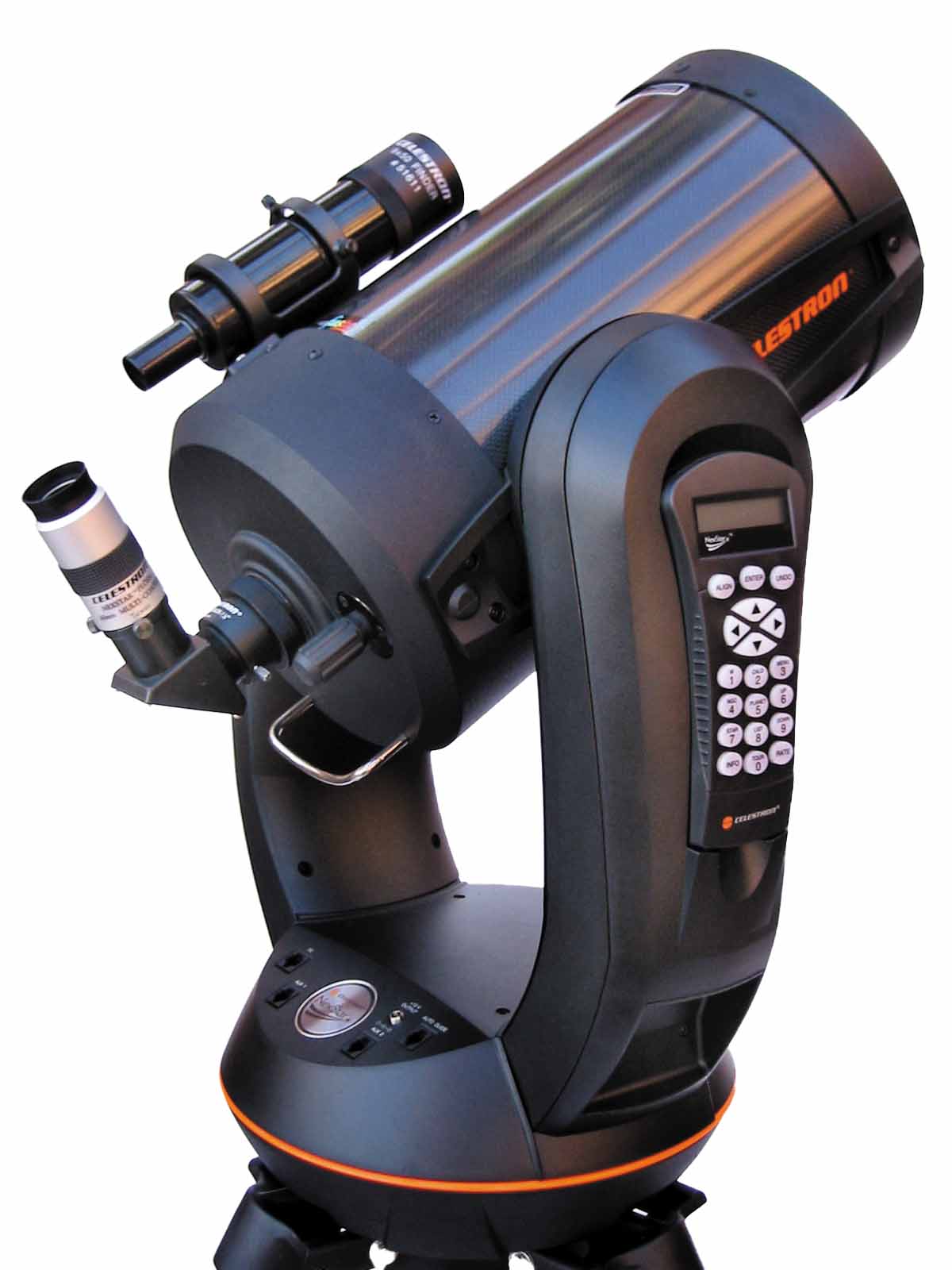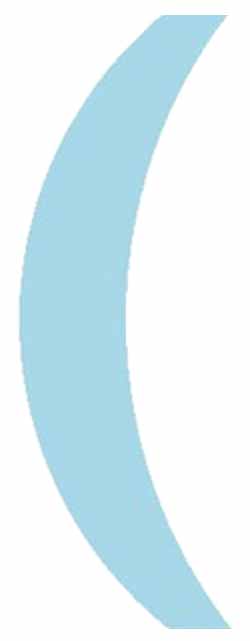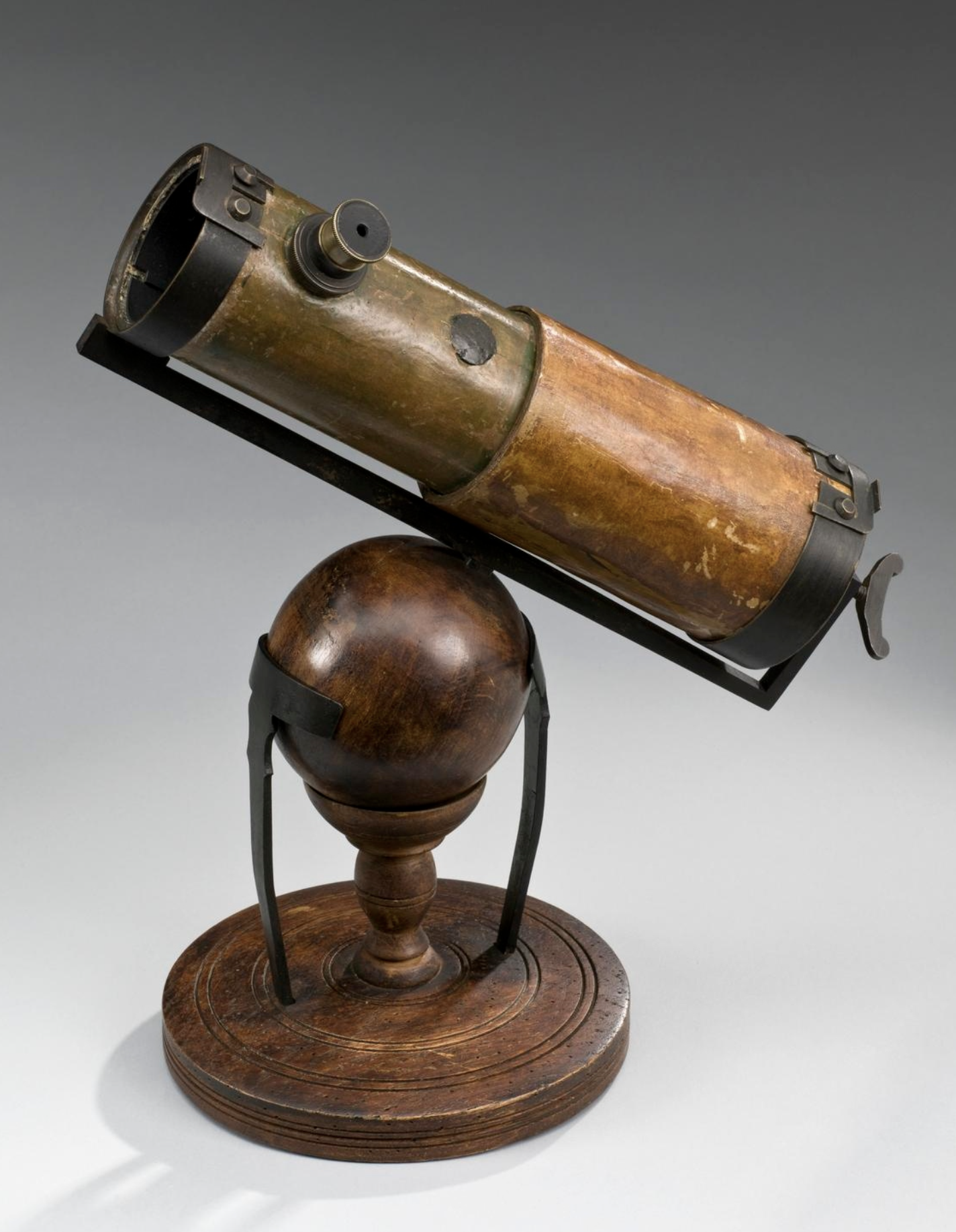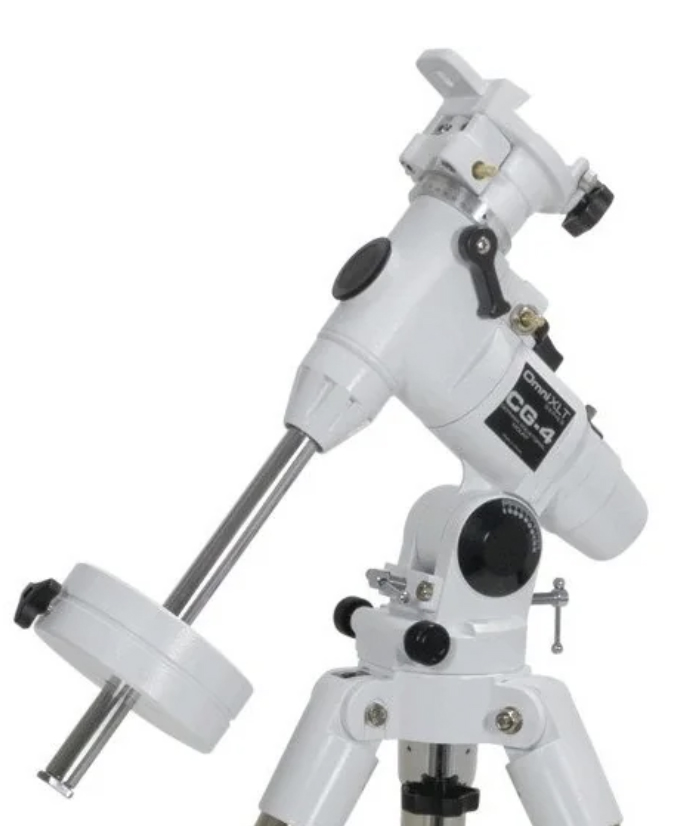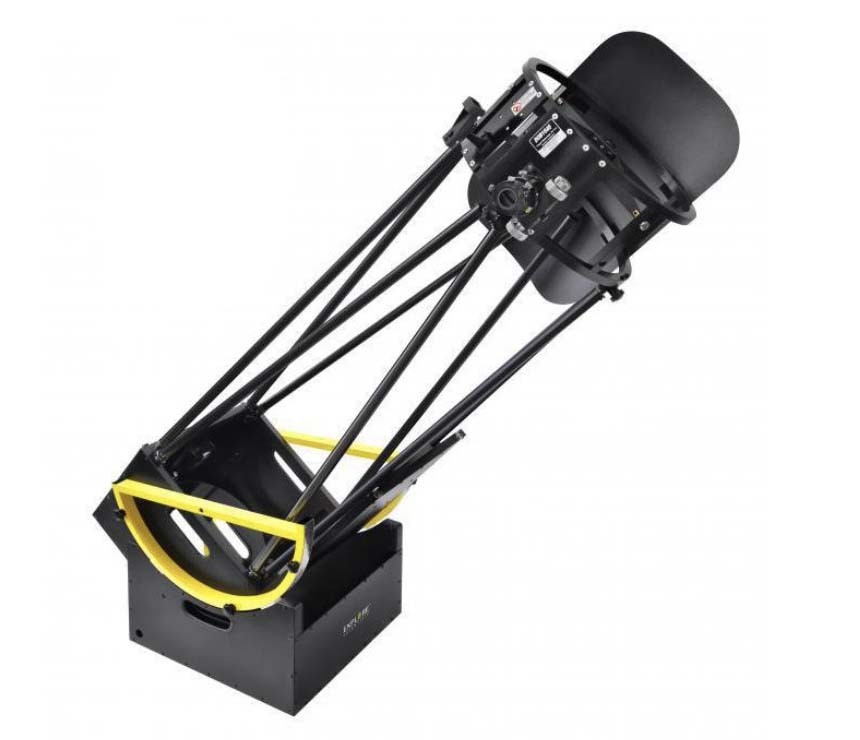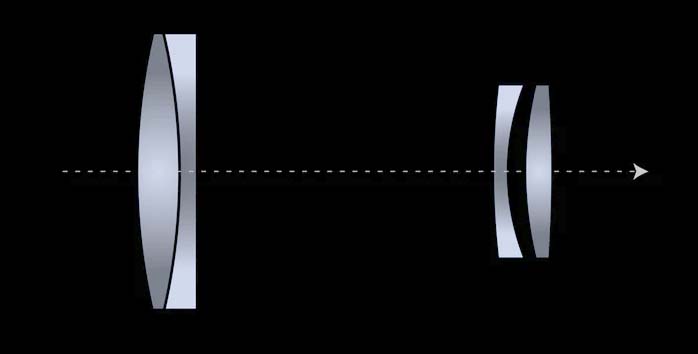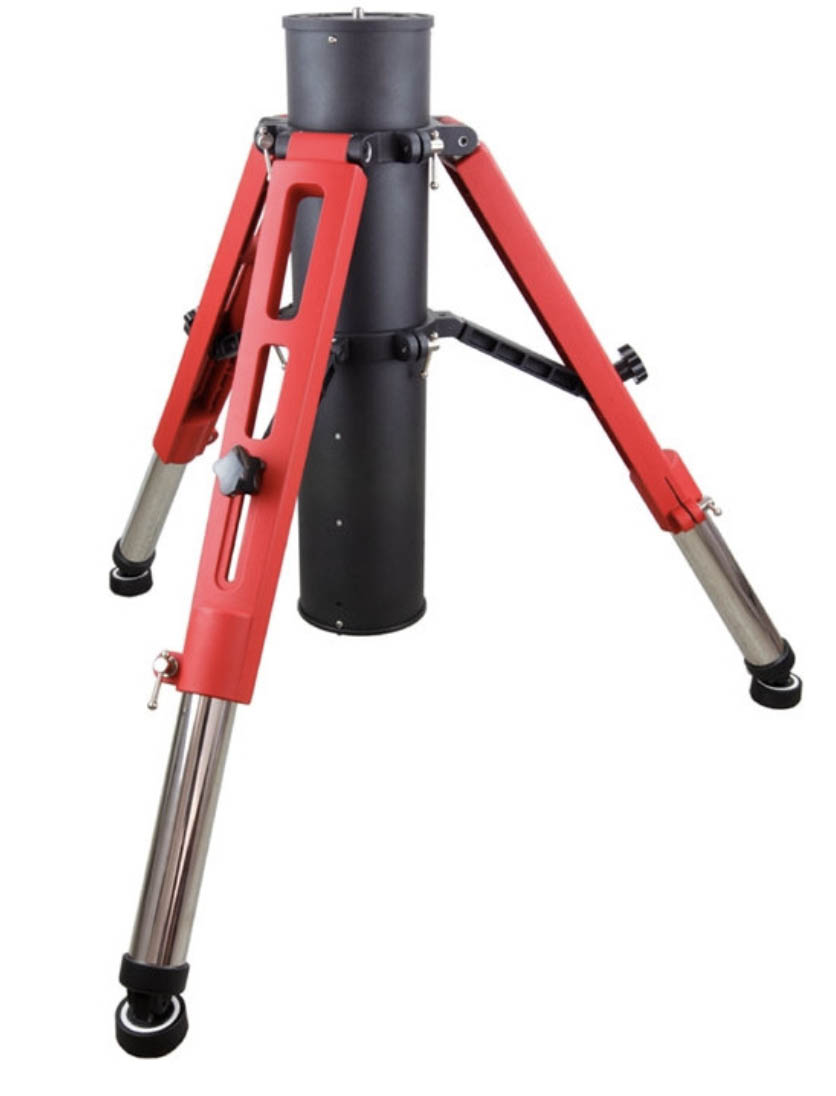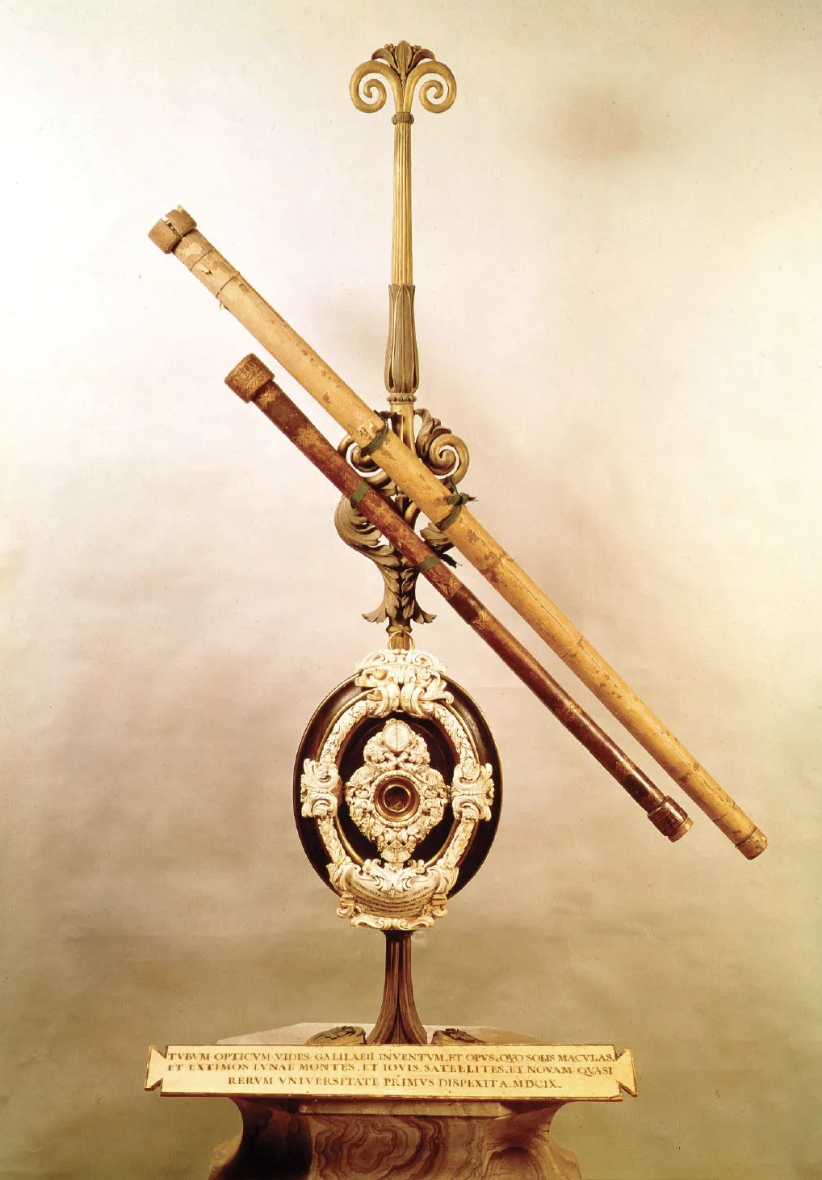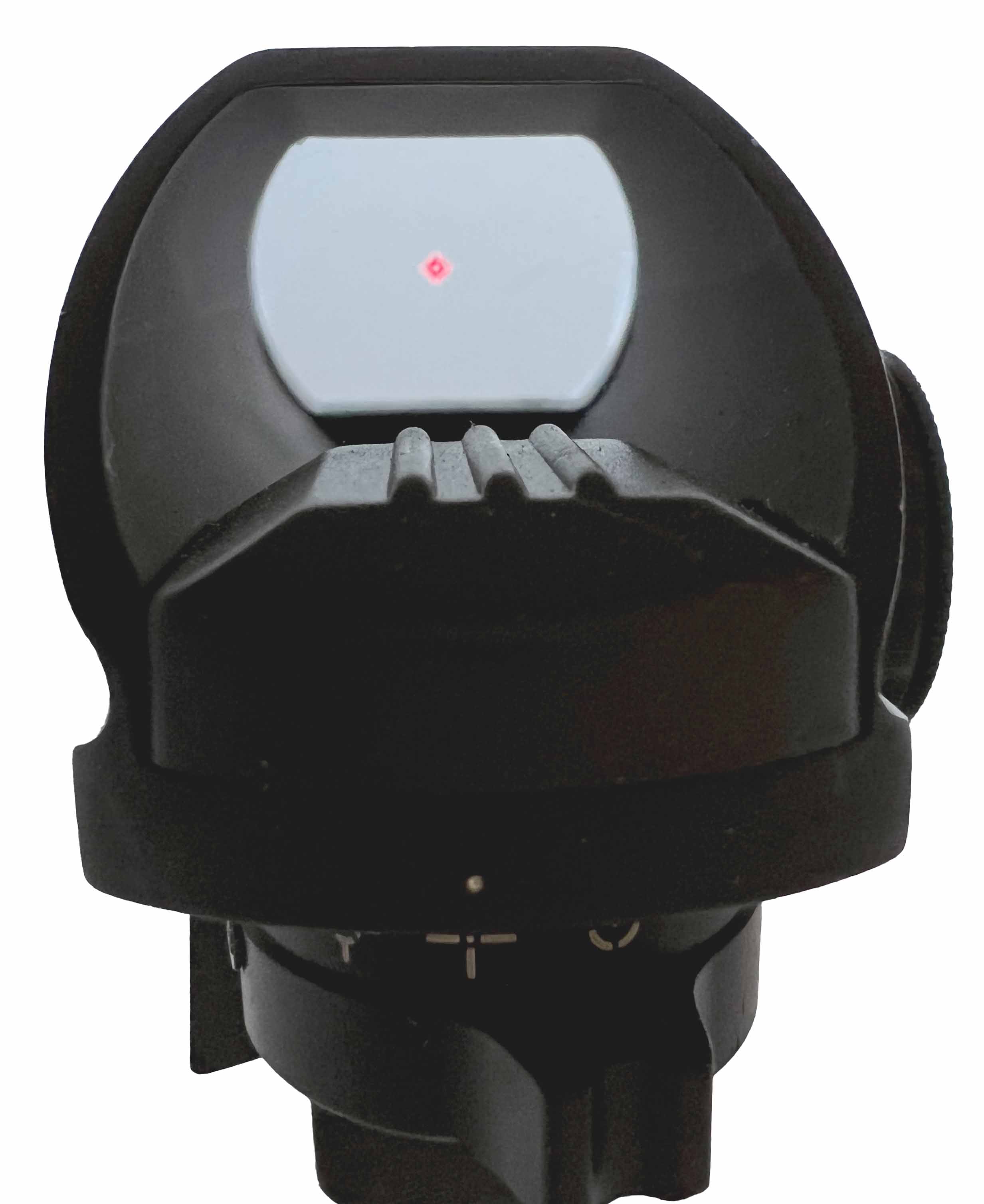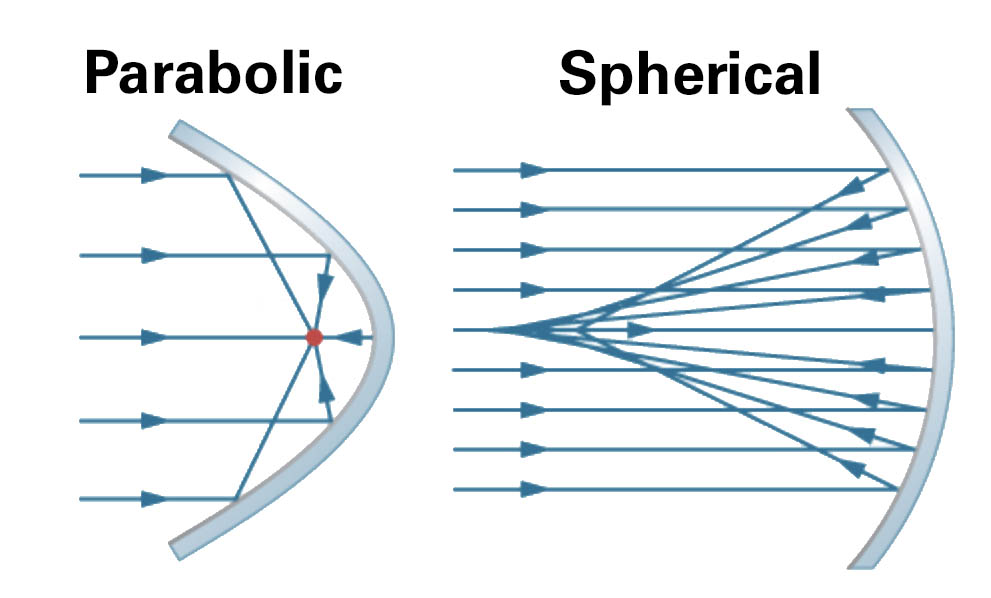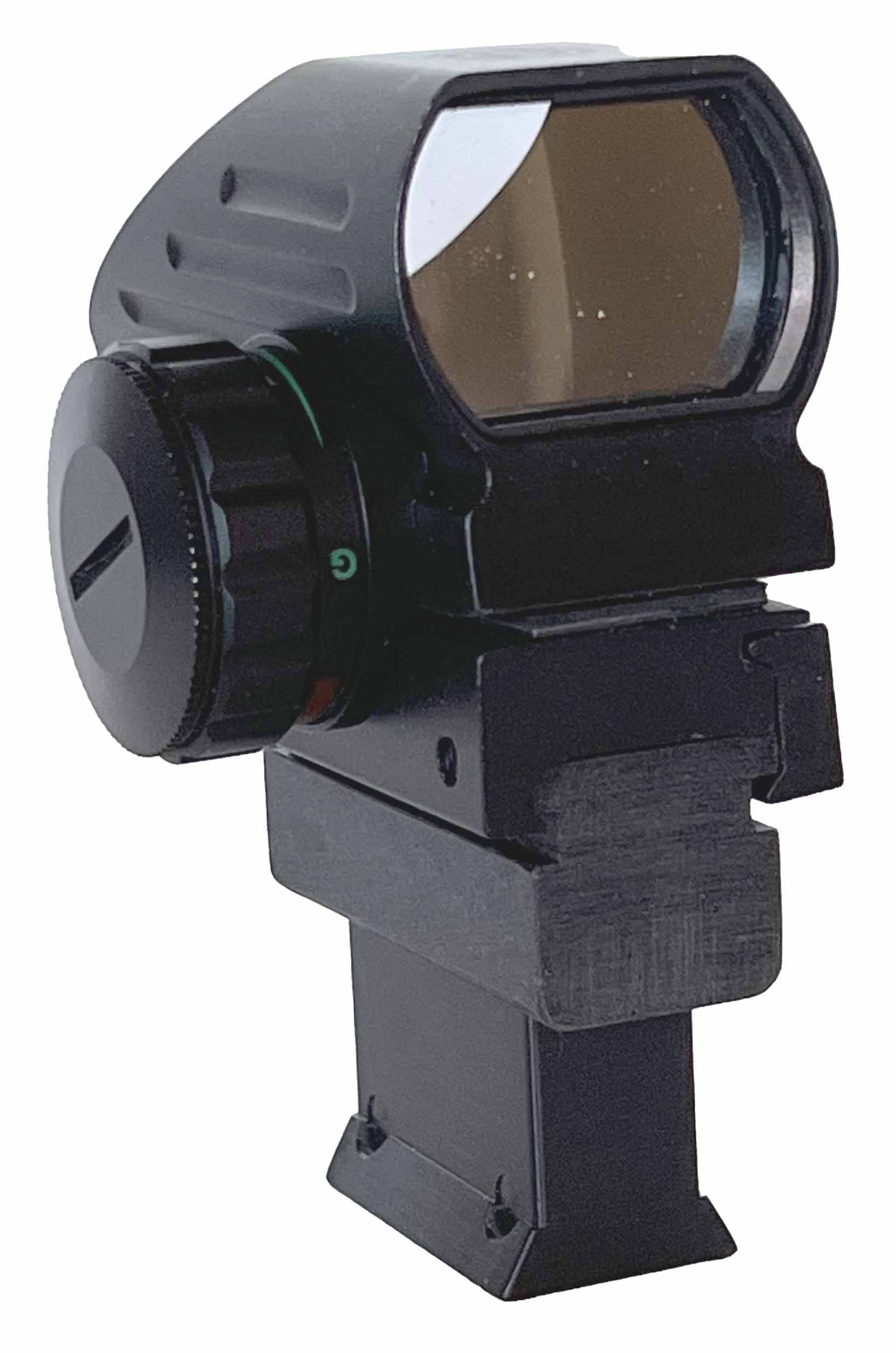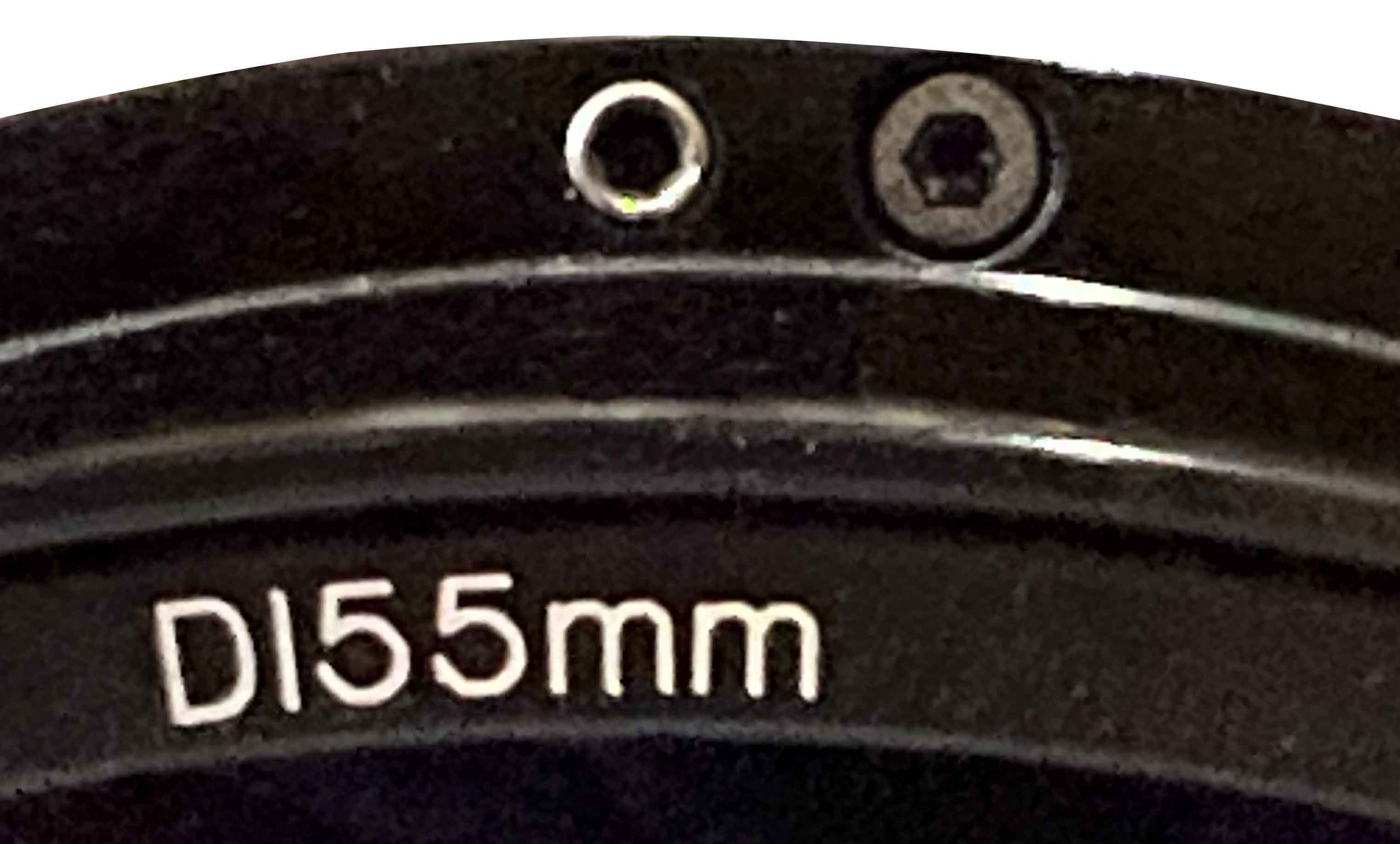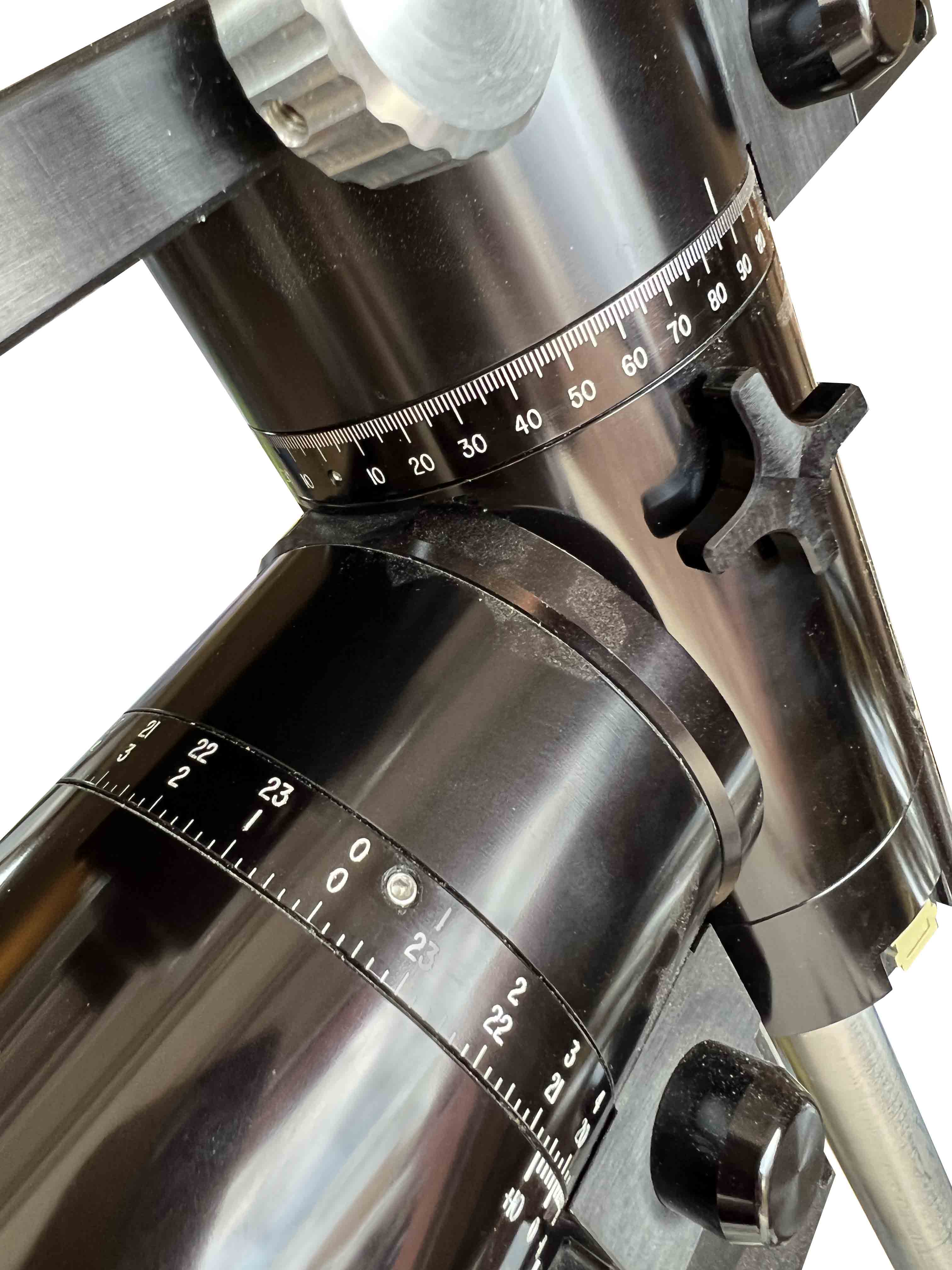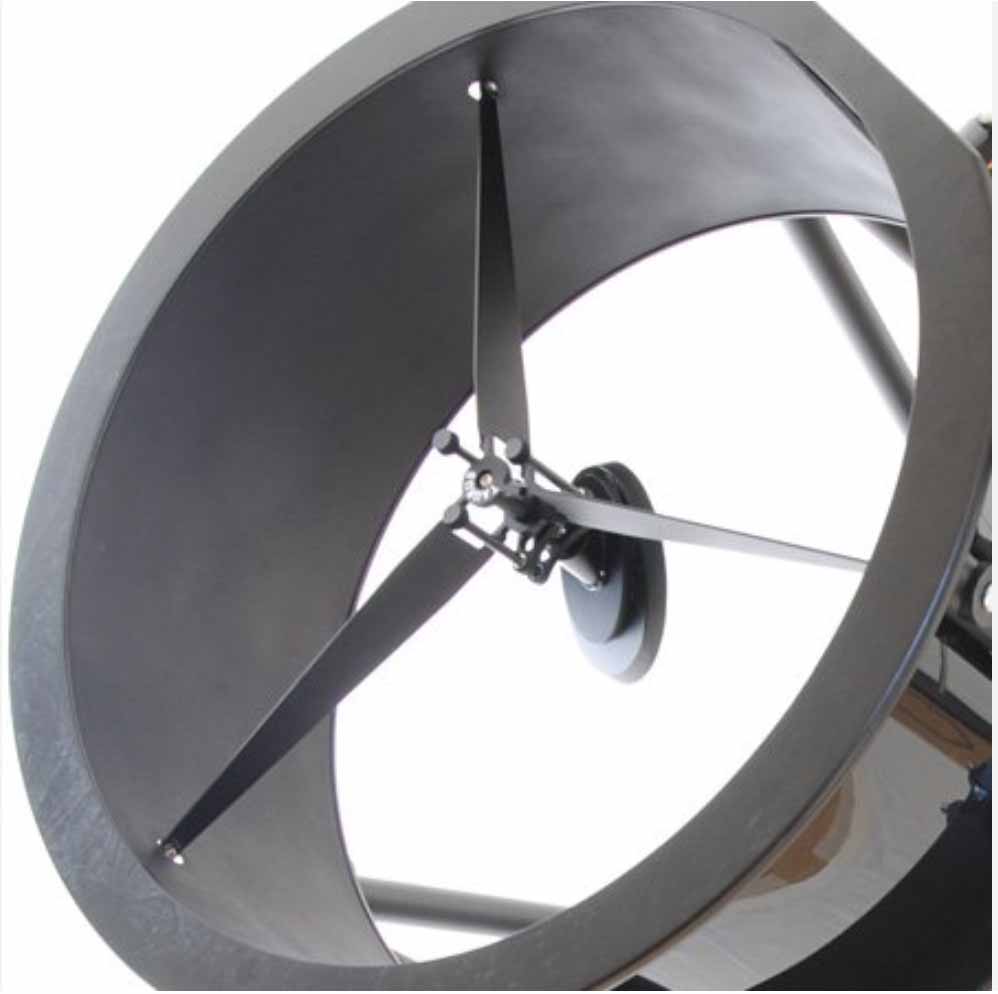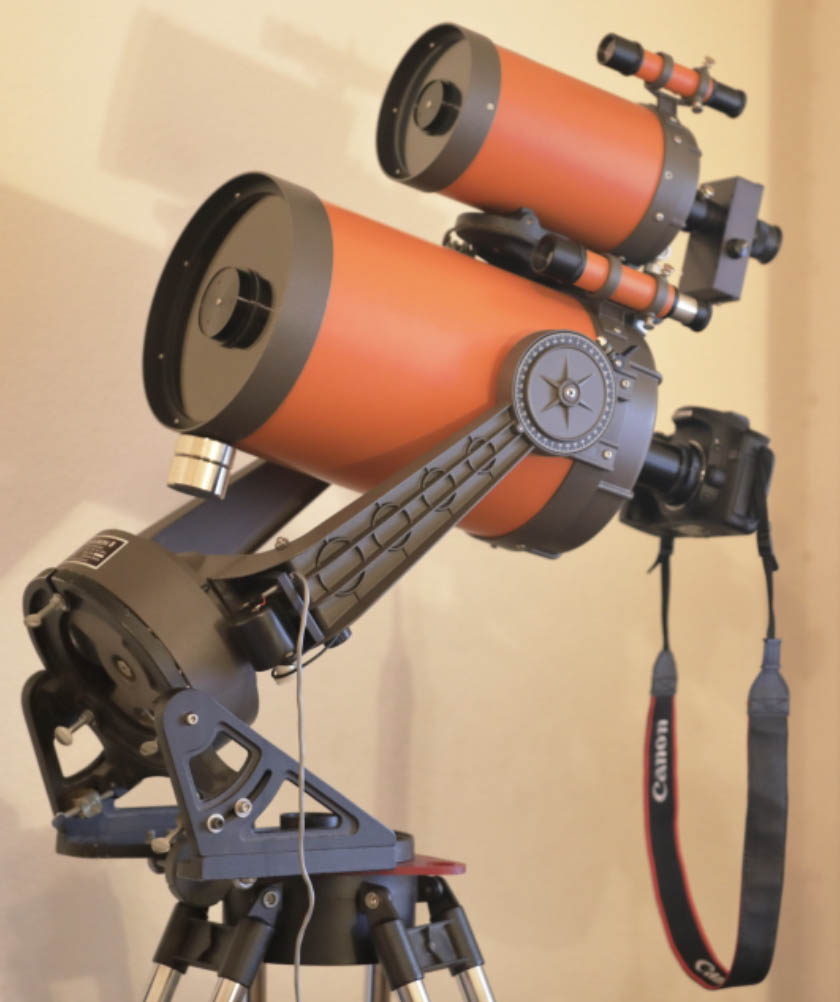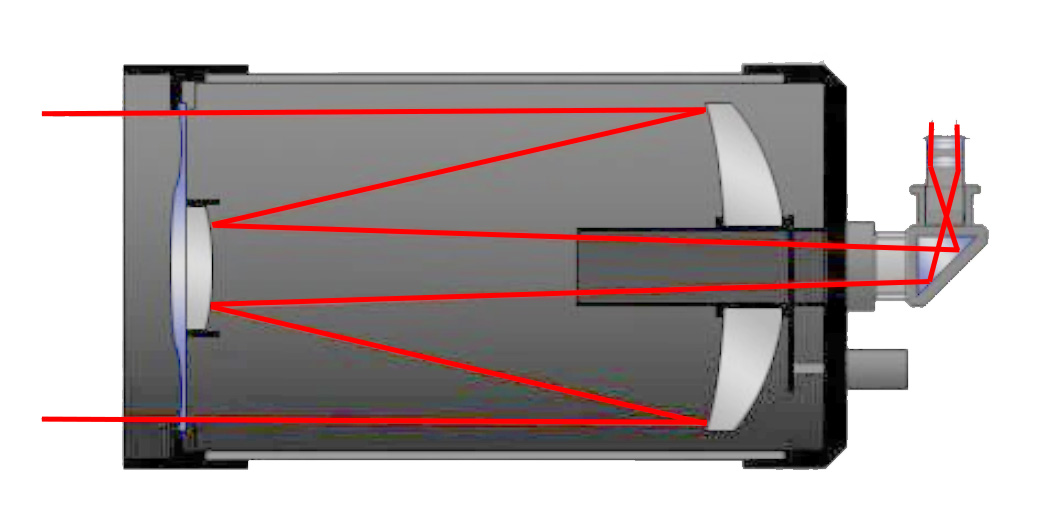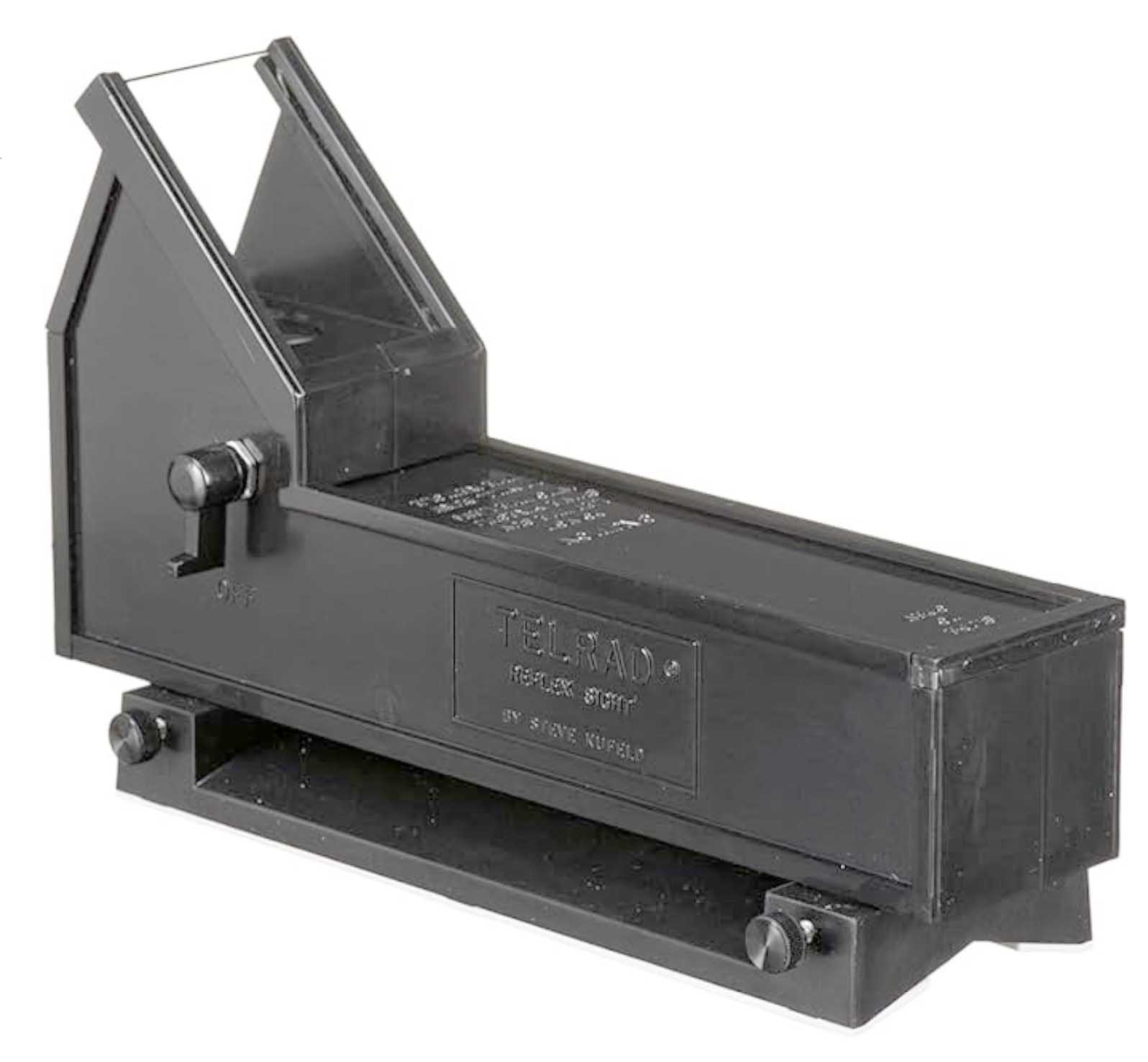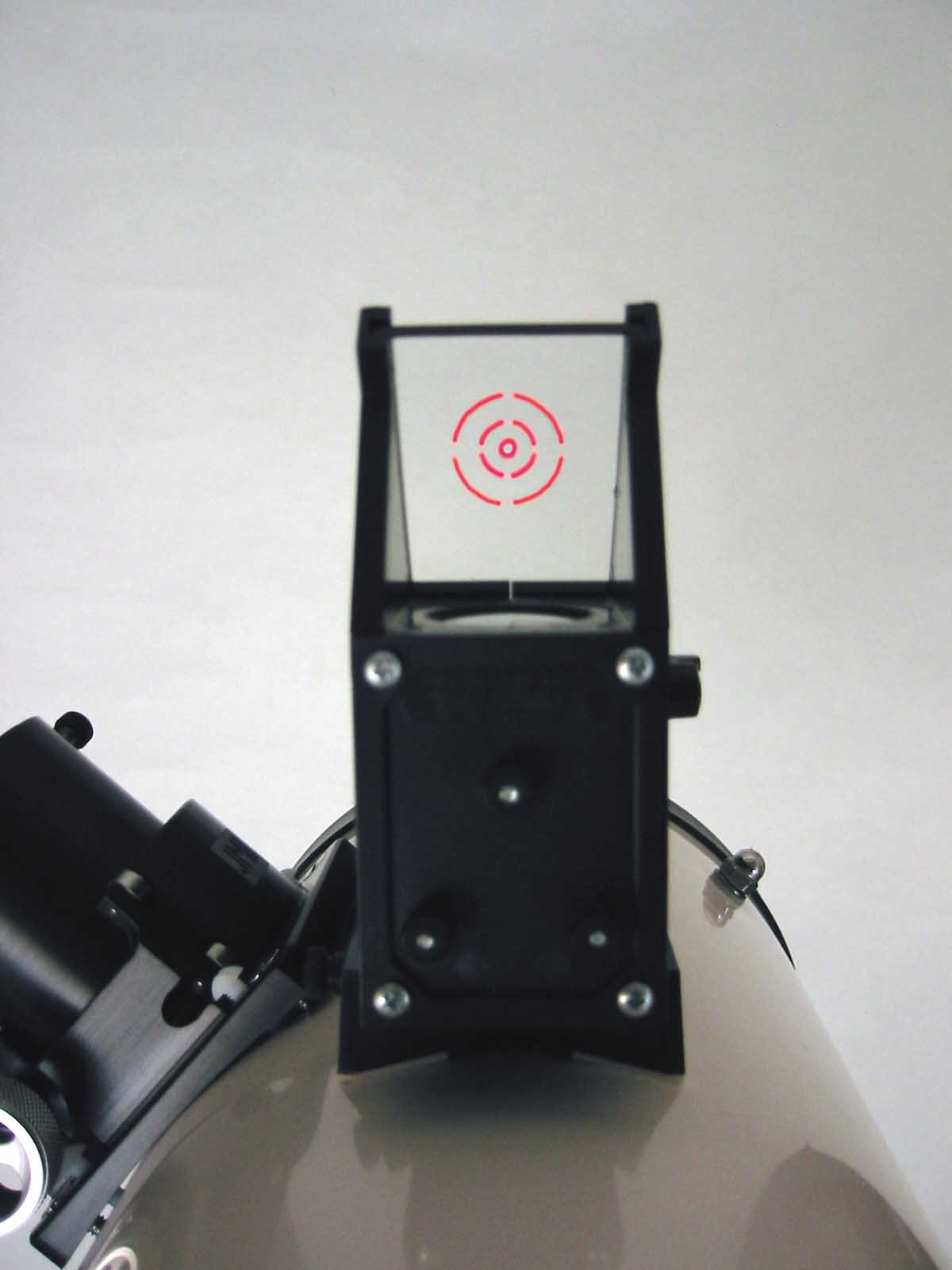Numbers – A
1.25 inch diameter eyepieces
This is the standard and most common eyepiece barrel diameter for telescopes. It is in inches, and it is a world-wide standard.
2-inch diameter eyepieces
A larger barrel diameter for eyepieces than the standard 1.25-inch barrel diameter. Two-inch diameter eyepieces are not necessary for 99% of amateur viewing. Their only advantage is that they can provide the widest possible fields-of-views. However, they are usually expensive, and you can get incredible 1.25-inch diameter barrel eyepieces for a lot less money. 2-inch eyepieces are big and heavy and do not easily fit in your pockets like 1.25 inch eyepieces. Not all focusers/telescopes can accept the 2-inch barrel size.
12 volt battery
Almost all amateur telescopes/mounts, worldwide, will run/operate on 12-volt batteries. This also includes many accessories, like the Digital Setting Circles and astrophotography equipment.
45° diagonal holder for eyepiece
Used on refractor telescopes to provide a normal upright image but it is not common for astronomical use.
90° diagonal holder for eyepieces
Allows more comfortable viewing through a refractor telescope or Scdmidt-Cassegrain Telescope (SCT). It is not used on Newtonian Reflectors.
Achromat
A type of refractor telescope that uses two lenses in the front of the scope to bring images to a focus. An achromat has one lens made of flint-type glass and the other made of crown-type glass. It was invented in the early 1700s and is still in use today. Long focal length achromats of around f/10 or more provide good imagery. As the focal length gets shorter, the image will have more and more color fringing either with blue or red.
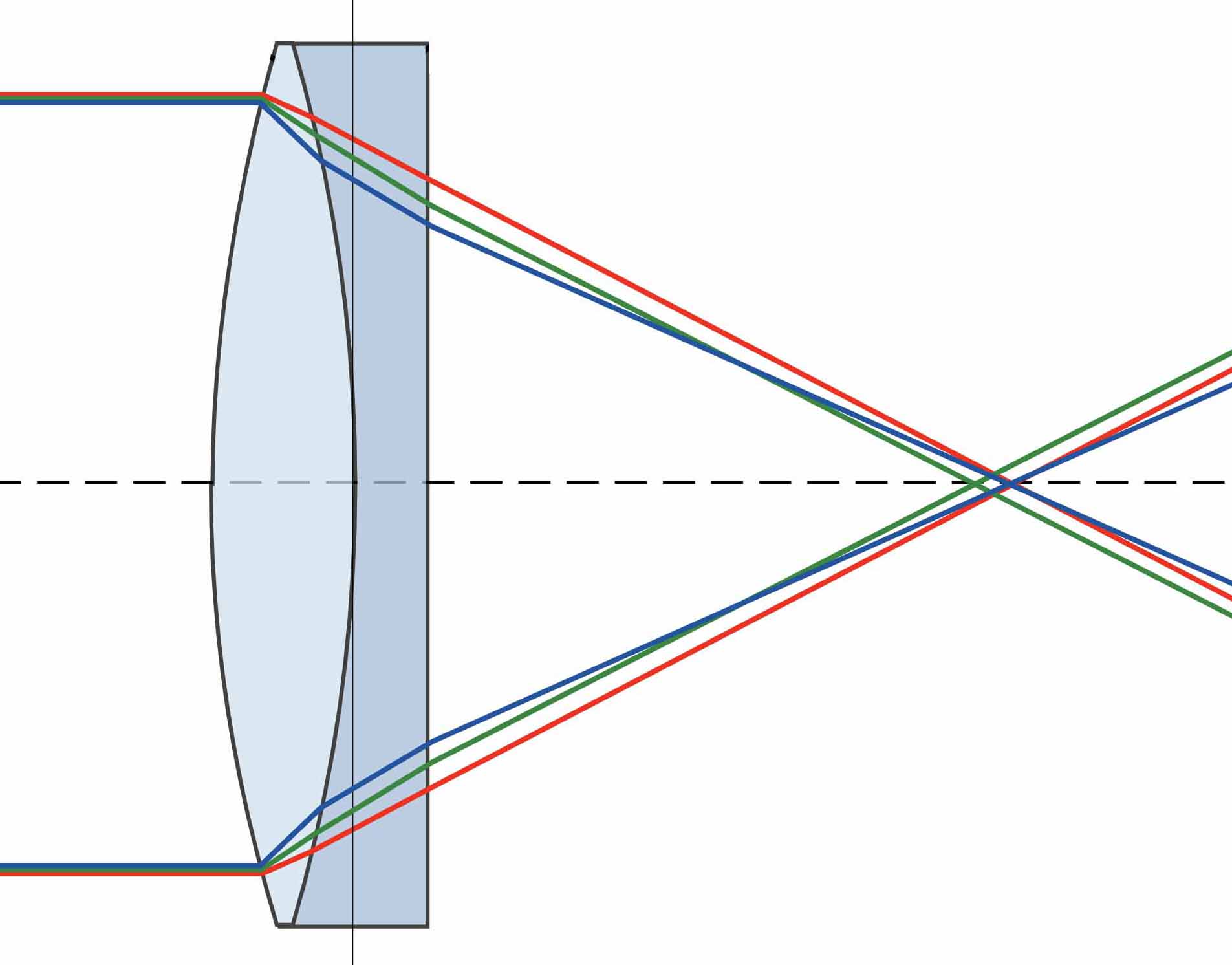
The two lenses of the Achromat.
Alt-Az mount
The type of mount used on binoculars at tourist attraction. This mount is a simple mount that moves up and down vertically and swivel around to any compass point. This type of mount can be manual or motorized/computerized. Many refractors are sold with alt-az mounts.
Altitude-Azimuth
Altitude is the vertical up and down movement that takes you from the horizon (or lower) to the zenith (very top of the sky). Azimuth is a 360°‚ horizontal circular movement that takes you to any compass point.
Apochromat
An optical system for a refractor that consists of either 3 or 4 lens elements. These types of refractors provide the highest quality imagery, are free of any color fringing and thus are the most expensive. When you here “APO” you know the optical system is the best. Now, there are companies that use two lens elements for their front objectives but special glass is employed for the two lenses that provides better color correction than the ordinary achromat. Technically, these scopes are not apochromat but they come close.
Apparent Field-of-View
See Field-of View.
Aspherical
A shape of a lens that is not spherical. Most lenses have spherical concave or convex shapes for their surfaces. Aspherical surfaces can correct for optical defects that cannot be achieved with spherical lenses. Aspherical shapes are much more difficult to make (and test) than the simple spherical shape, however, a single aspherical lens can often replace a few or several spherical lenses.
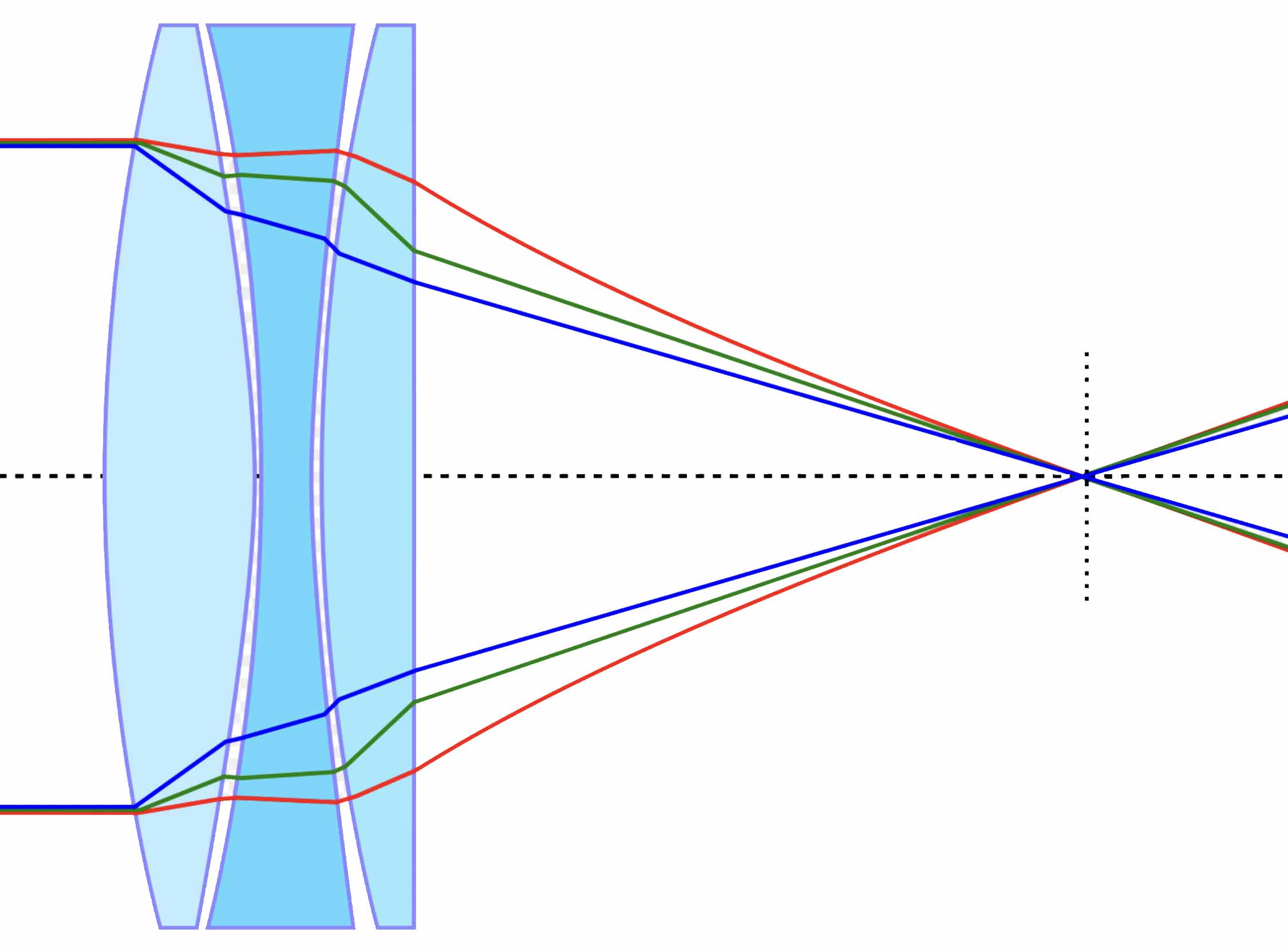
The three lenses of the Apochromat.
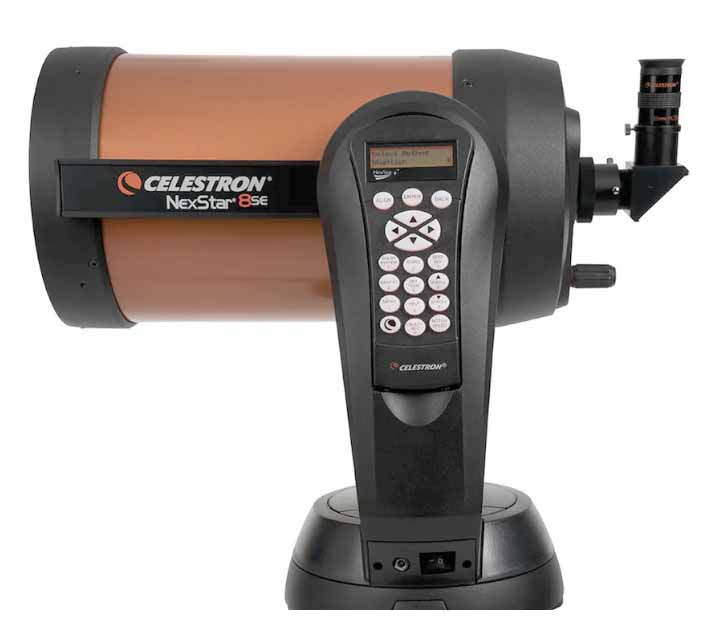
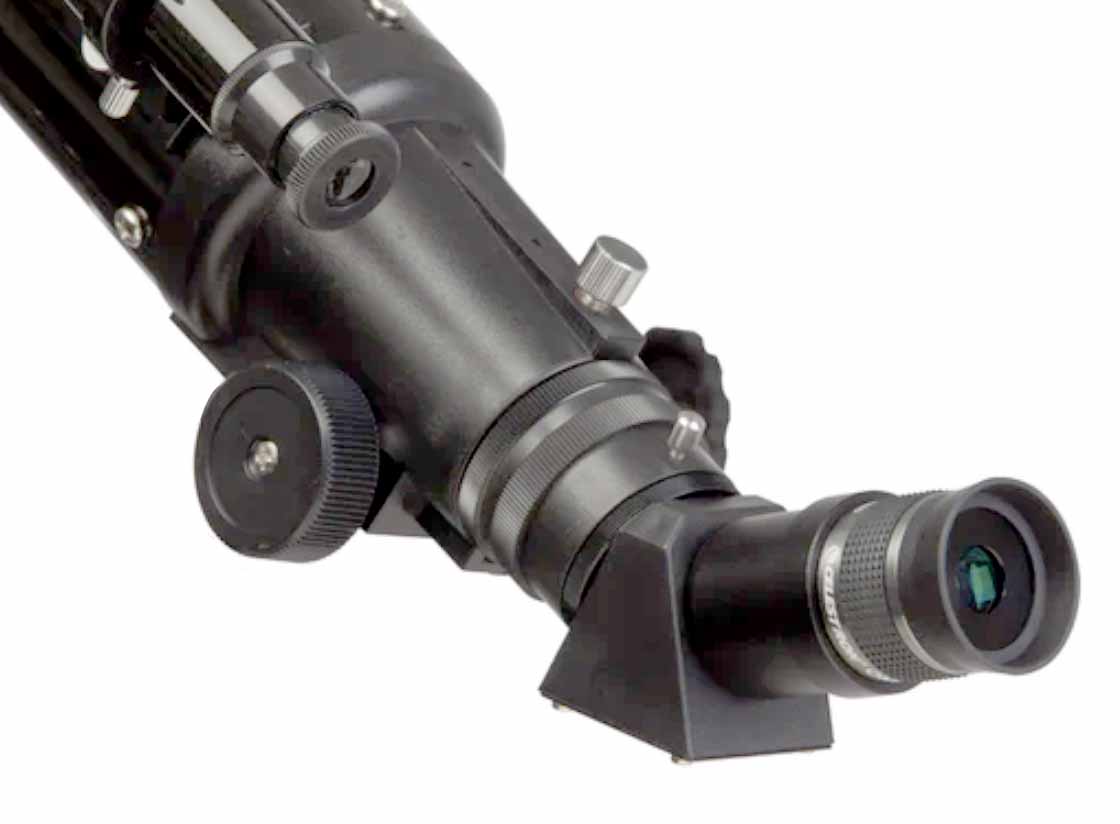
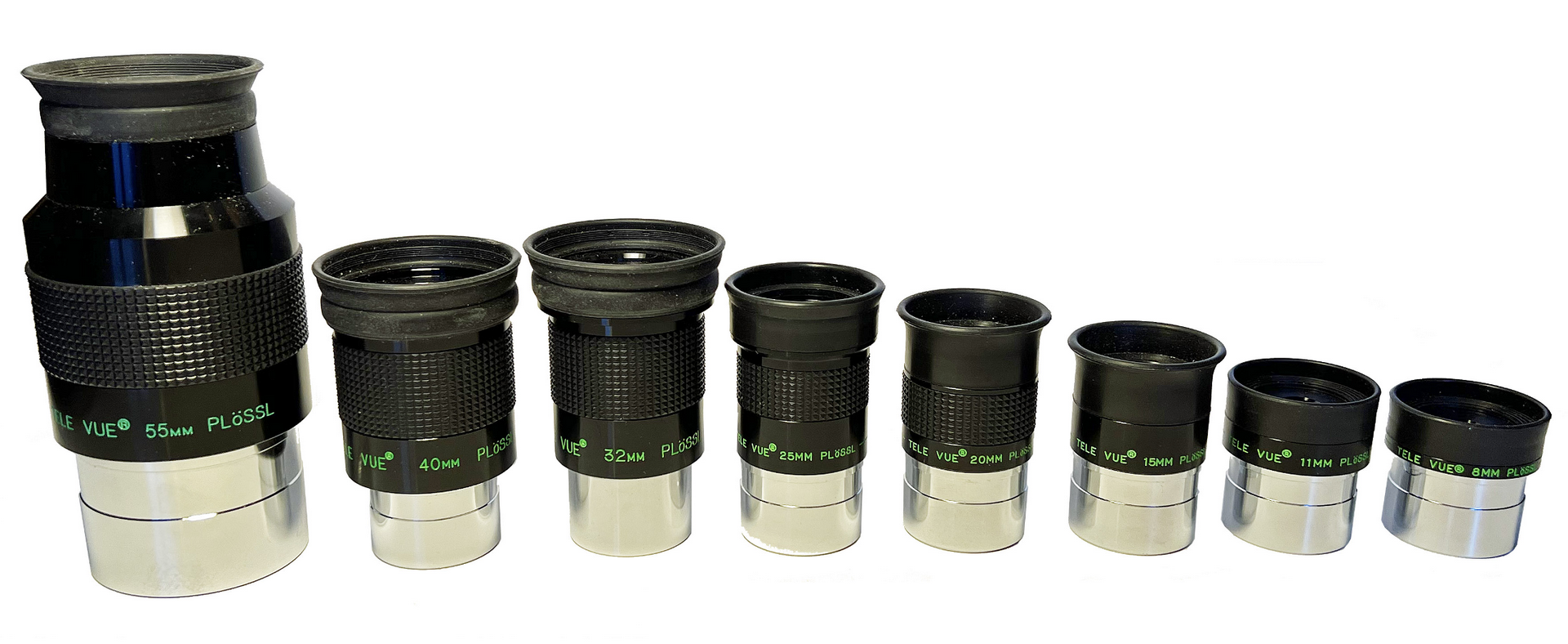
A 45° diagonal that is used to erect the image (provide a normal upright image) from a refractor telescope, mainly for terrestrial viewing.
A Schmidt-Cassegrain Telescope (SCT) that has a
90° diagonal for more comfortable viewing. These are also used extensively on refractor telescopes.
2-inch diameter barrel eyepiece (far left) compared to a family of the more common 1.25-inch diameter barrel eyepieces.
